Since the trek is through Hemis National Park there is a good chance of seeing wildlife such as bharals (blue sheep) and Marmots. Markha valley is one of the greenest valleys in Ladakh region. The best time to visit the region is from mid-June to mid-October as later in the season it starts to get colder and there are chances of encountering snow on the high passes of Ganda La and Kongmaru La
Itinerary
Fly to Delhi.
Upon arrival at Delhi’s International Airport, meet, assist and transfer to hotel for refreshment and rest.
Delhi stands as the capital of Modern India. Here you can see the mingling of the Old and New India, the ancient and the modern. Delhi is made up of seven ancient cities, spanning the period from the 11th to 20th centuries. Delhi has seen the rise and fall of many emperors which have left behind a plethora of monuments that commemorate the grandeur and glory of bygone ages. Very few cities in the world can express such a profusion of architectural styles
Eve: Free evening.
Overnight at hotel.
Sightseeing tour of Old and New Delhi.
Am: After breakfast, proceed for a sightseeing tour of Old and New Delhi, which starts with a cycle rickshaw ride through Old Delhi.
Old Delhi was an ancient walled city. Mughal Emperor Shah Jehan in 1650 switched the Mughal capital from Agra to Delhi. Shah Jehan possessing an exquisite talent, especially in architecture, created the seventh city and in the process brought about Delhi’s glorious renaissance.
Visit Raj Ghat, the memorial site of the Mahatma Gandhi, Jama Masjid, the largest mosque in India and Chandni Chowk, the bustling and colorful market of the old city. Chandni Chowk was the commercial centre of Delhi in the old time and you will see it come alive in the morning as the trading day starts
Pm: After lunch, proceed to New Delhi, which was designed and built by the British in the 1920’s-it’s a city of wide boulevards impressive Government buildings, green parks and gardens. In 1911 King George V announced the transfer of the capital from Calcutta to Delhi. The King’s architects, Lutyens and Baker, set in motion the Design and construction of Delhi’s eight cities – New Delhi.
Lutyens designed an “Imperial City” having palatial-sized buildings set amid broad tree-lined avenues punctuated by Mughal style gardens, complete with fountains and shallow pools. It took 20 years to complete this immense undertaking only to have the British pack up and relinquish the subcontinent in 1947. You will visit two monuments from Delhi’s past – Humayun’s Tomb and Qutub Minar. Your drive takes you along the ceremonial avenue, Rajghat, past the imposing India Gate and Parliament House. Also visit a local temple.
Overnight at hotel.
Fly to Leh (3500m / 11480ft):
Early morning transfer to the New Delhi Domestic airport to board the flight for Leh.
Arrival Leh airport and transfer to the hotel. Rest the whole day in Leh, except for small walk in the bazaar. This would help with acclimatization better.
Overnight at Hotel.
Leh sight seeing trip:
After breakfast take a small sightseeing trip around Leh and visit Shanti Stupa, Shankari Gompa, Leh Palace.
Overnight at Hotel.
Leh Sight seeing trip:
Refreshed after a rest, set out to see what Leh has to offer to the visitors. Visit the Hemis, Thiksey, Shey monasteries and Stok Palace. These monasteries that dot the countryside are truly unique and worth a visit.
Overnight at Hotel.
Trek from Spituk (3200m.) to Zinchen (3380m.):
Our trek starts from Spituk, a small village near Leh. After breakfast take a short drive to Spituk where the trek begins. Cross a bridge and walk southwest keeping the River Indus on our right. After a 3-hour walk we leave the Indus behind and enter the Zinchen gorge, climb the trail gradually through the Zinchen Valley, before reaching the tiny village of Zinchen. Approximately 5 hours walk.
Overnight at Camp.
Trek From Zinchen to Yurutse (4120m.):
From Zinchen we gradually ascend along the Rumbuk Nala to reach Rumbak (3800m), which is a big and very beautiful village in the valley. We then follow the main trail on the left of the Rumbak Nala keeping the Rumbak village behind us. We then enter a valley leading to the south and proceed to the village of Yurutse. Approximately 4 hours walk.
Overnight at camp.
Trek from Yurutse to Shingo (4150m.)
We continue to walk the same valley for about 90 minutes till we reach the base of Ganda La (4850m), our first pass on the trek. From the base we have a gradual ascent before the steep climb to the top of Ganda La. From the pass we get a fabulous view of Mount Stok Kangri and the Stok La range on the South East, while the Zanskar range is on the West. We descend steadily along the Skiu Nalla to reach a small village called Shingo with a beautiful campsite. Approximately 5 hours walk
Overnight at a camp.
Trek from Shingo to Skiu (3400m) to Pentse.
We continue to descend the Skiu Nalla. This walk is through a narrow gorge with willows and shrubs of wild roses. We walk all the way cris-crossing the Nalla till we reach the Skiu Village on the banks of the Markha River. We can choose to camp near Skiu Village or we can proceed further for 3-4 kms to camp at Pentse. Approximately 4 hours walk.
Overnight at a camp.
Trek form Skiu / Pentse to Markha (3700m.):
We would be walking along the Markha River from today for the next few days. We reach Markha Village after cris-crossing the river a few times and passing through villages Chaluk and Tunespa. Approximately 5 & 1/2 hours walk
Overnight at a camp.
Trek from Markha to Tahungste (4150m.):
Our trail continues east along the Markha River passing through the villages of Umlung and Hankar, fairly large villages in the valley. After the Hankar Village we steadily enter the Nimaling Nalla coming from the left to join the Markha River to reach the village of Tahungtse. (We can choose to camp at Hankar since on Day 7 the walk from Tahungste to Nimaling is too short). Approximately 6 hours walk.
Overnight at a camp.
Trek from Tahungste to Nimaling (4720m.):
We start on the trail that continues to climb up above the village and soon we head to the southeast to reach the plains of Nimaling. Nimaling is at the base of Mount. Kang Yatse, 6553m. which dominates the area. Nimaling being a meadow provides pastures in the summer for many yaks, sheep, goats, dzos and horses. Nimaling is a wonderful campsite! Approximate 3 hours walk.
Overnight at a camp.
Trek from Nimaling to Chogdo (4070m.):
Today we cross the last pass on our trek that is the highest, Kongmaru La 5150m. It is a short climb to the pass but later a steep descend through a narrow but spectacular gorge to village Chogdo follows. Approximately 6 hours walk.
Overnight at a camp
Trek from Chogdo to Marshalang (3500m.):
We take an easy walk to village Marshalang from where our jeeps would drive us back to Leh. Before coming to Leh we can choose to visit the famous Hemis Monastery. Approximately 4 hours walk. After having a badly needed bath and a well-deserved rest in the evening, it is time to celebrate our successful trek.
Overnight at Hotel.
Rest day in Leh:
We prefer this one rest day at the end of the trek so that we can always make use of this extra day as a contingency day in case of any delays, due to flight cancellation or any delays on the trek due to bad weather. Alternatively one can make use of this extra day to visit Pangong Tso (4419m), the highest and largest salt-water lake in the world. OR visit Kardung La (5600m) pass the highest motor-able pass in the world.
Overnight at Hotel.
Leh – New Delhi:
Early morning after breakfast transfer back to Leh airport to board the flight to New Delhi. Arrival New Delhi and transfer to hotel. Evening free to explore New Delhi.
Overnight at Hotel.
Rest day in New Delhil
Free day for most deserved rest and relaxation.
Overnight at Hotel.
Final Departure
Transfer to the New Delhi International Airport for final departure.




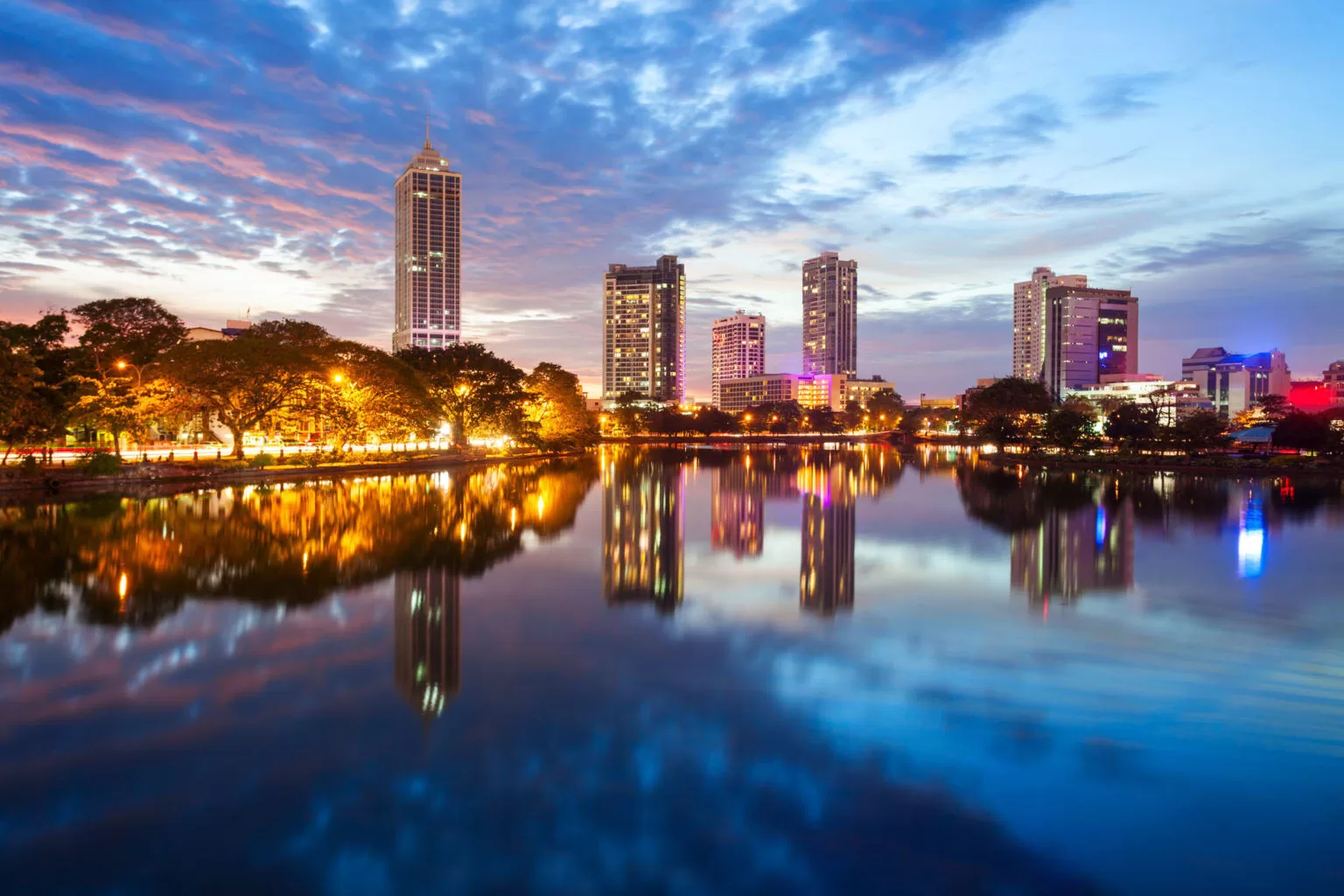
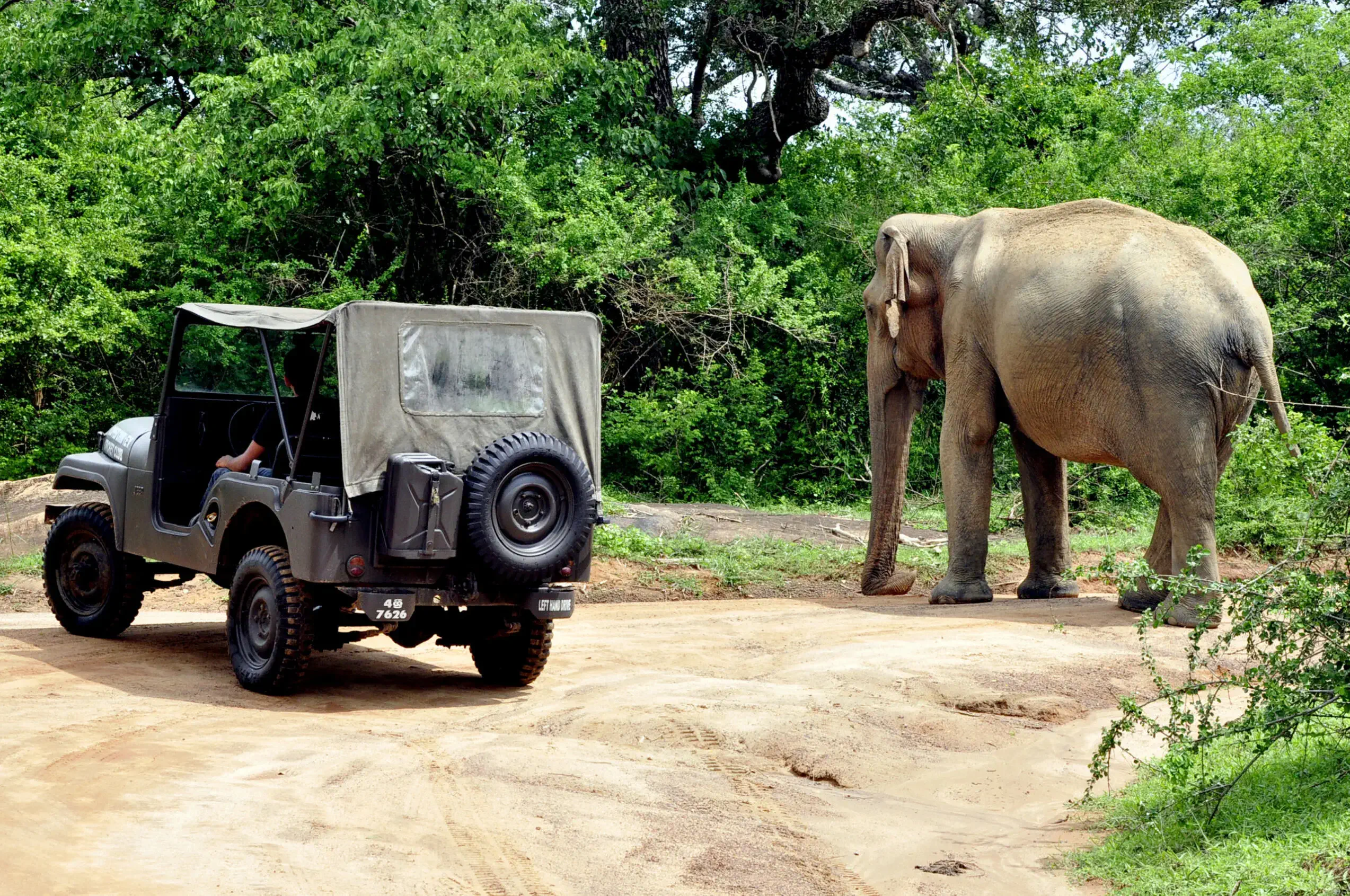
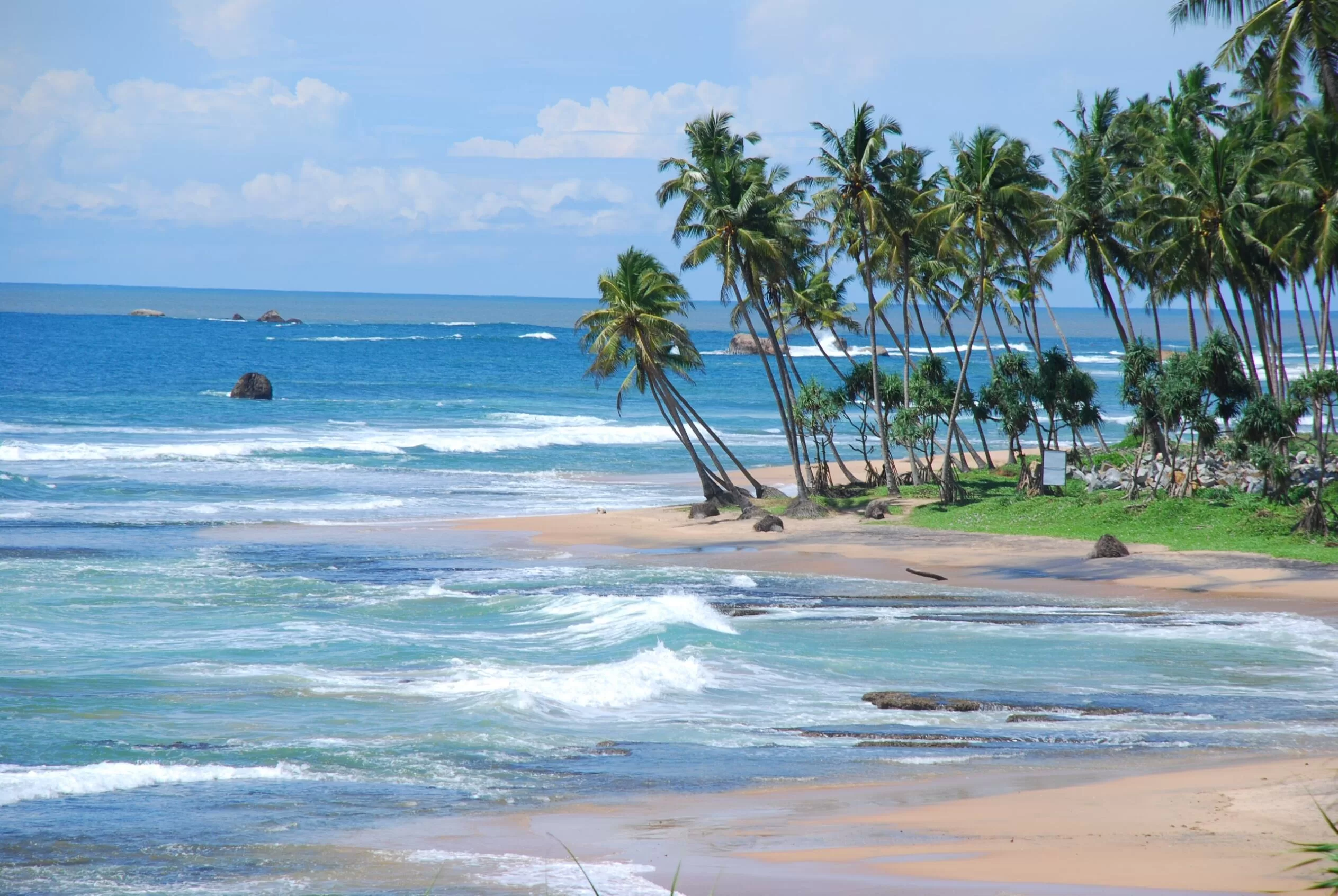
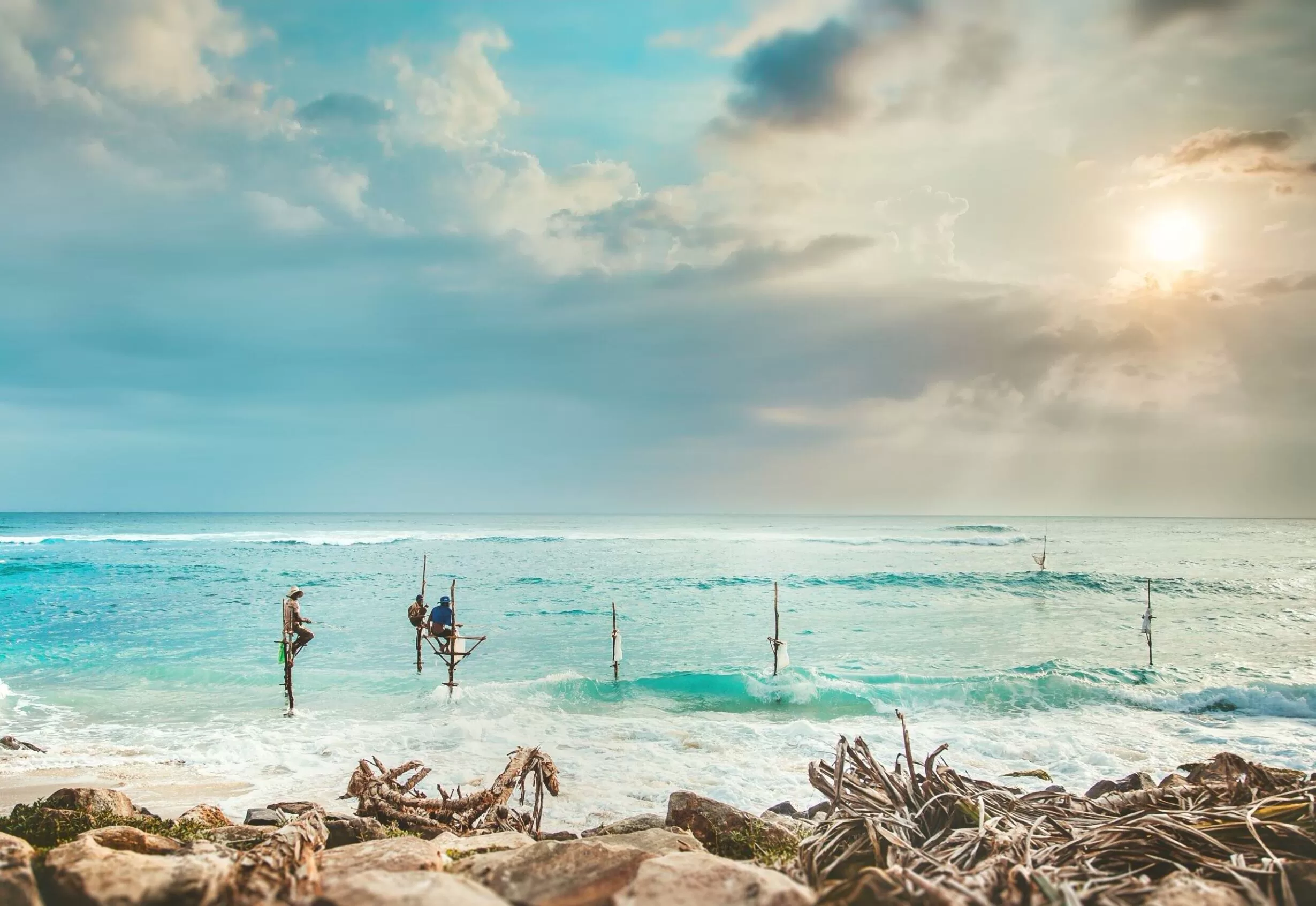
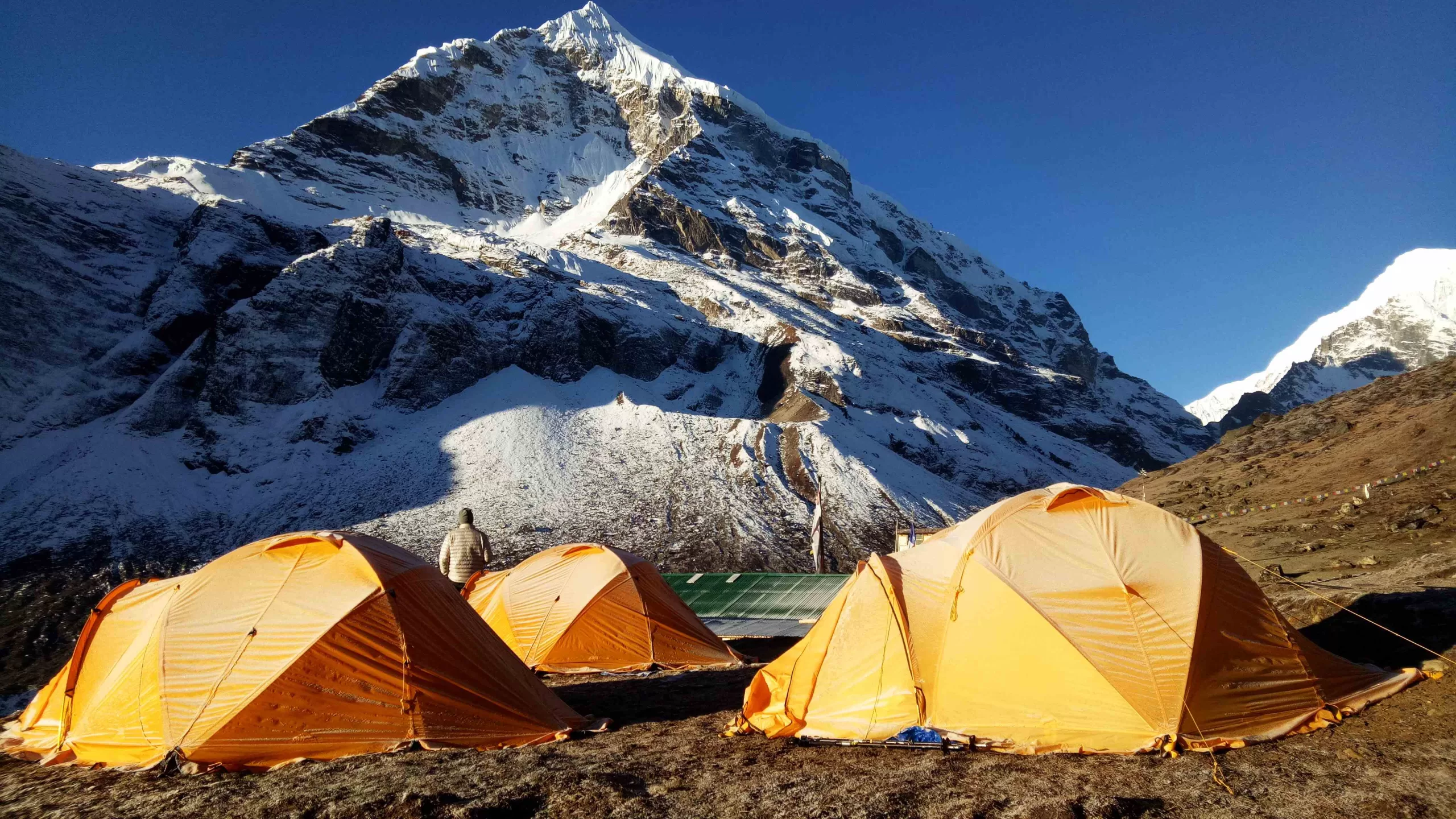
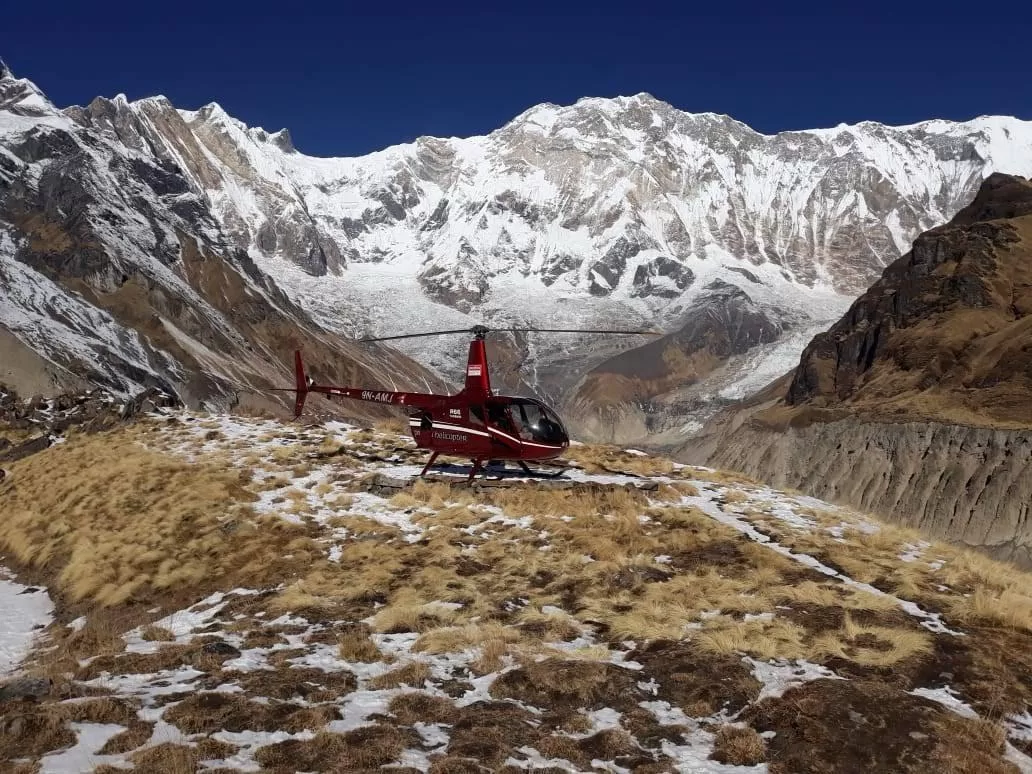
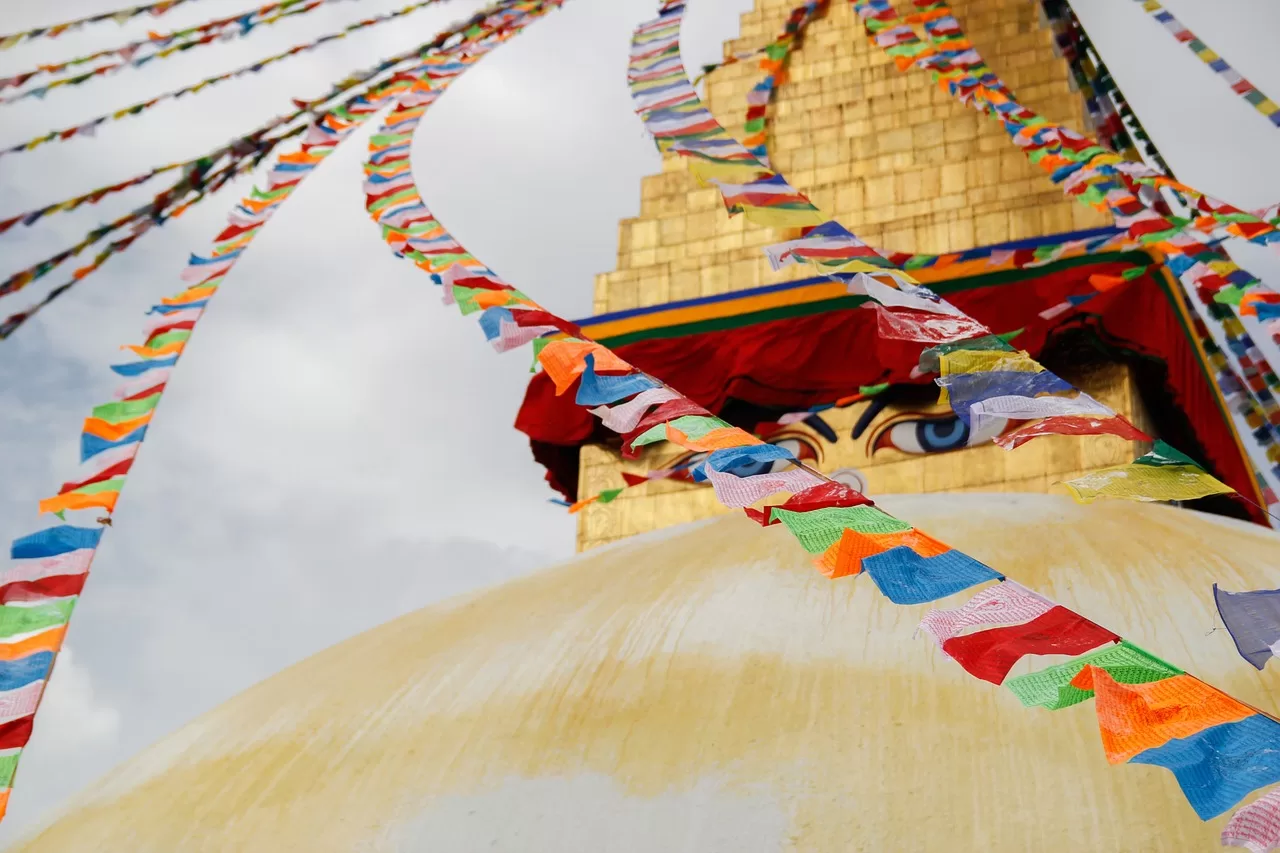


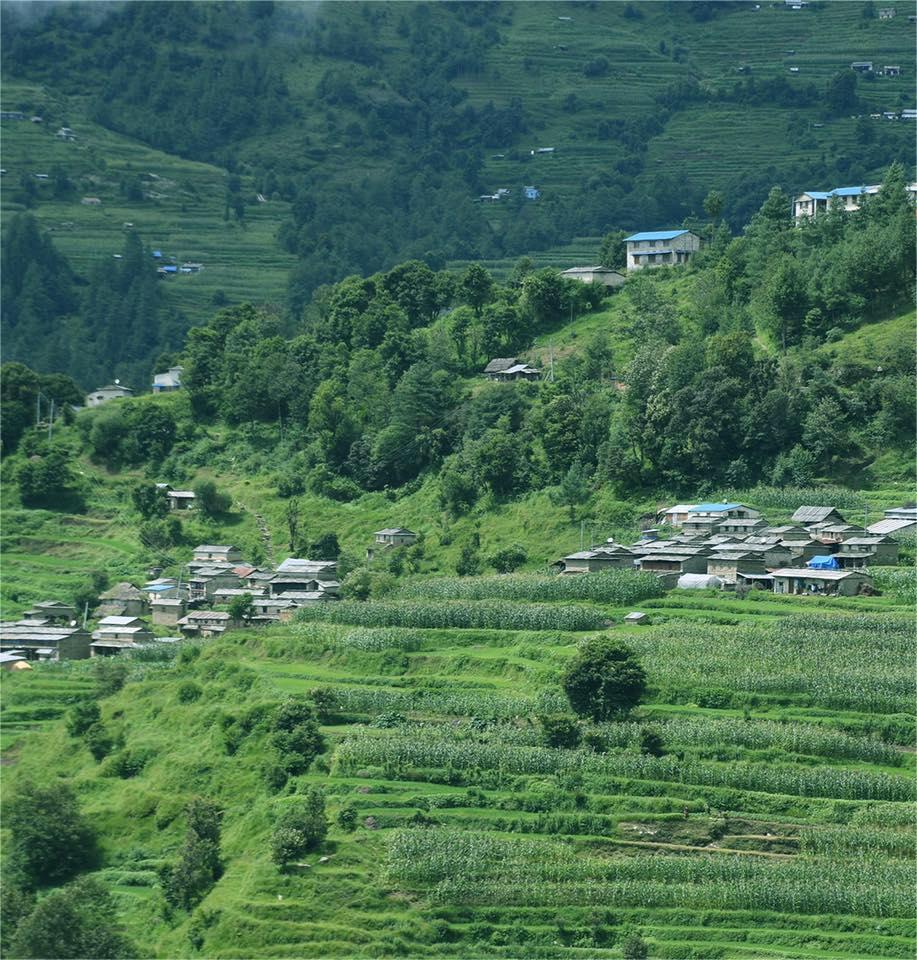
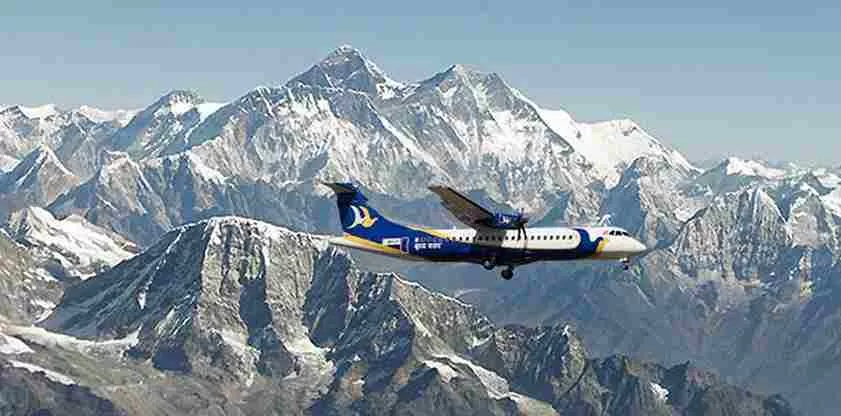

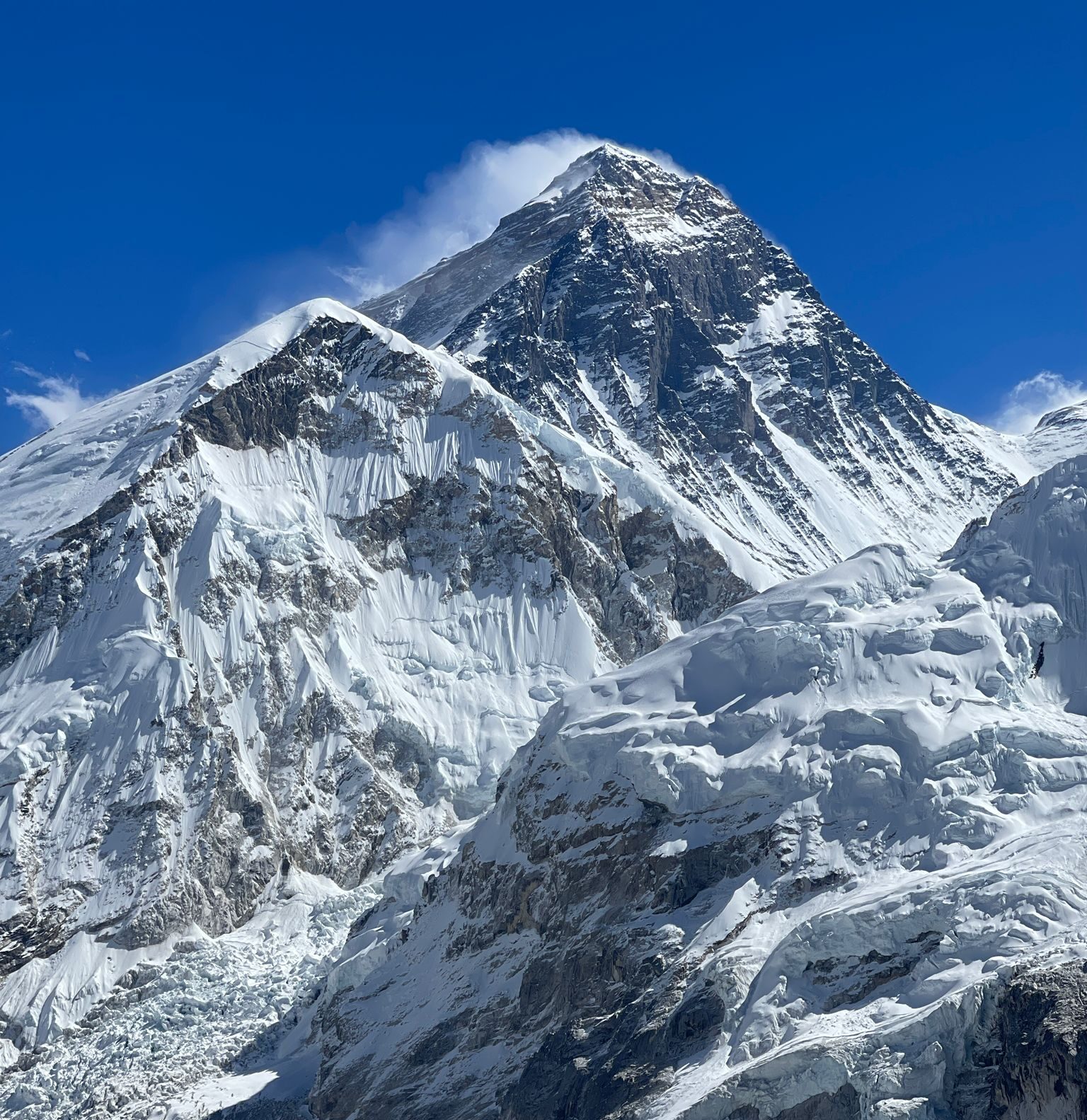
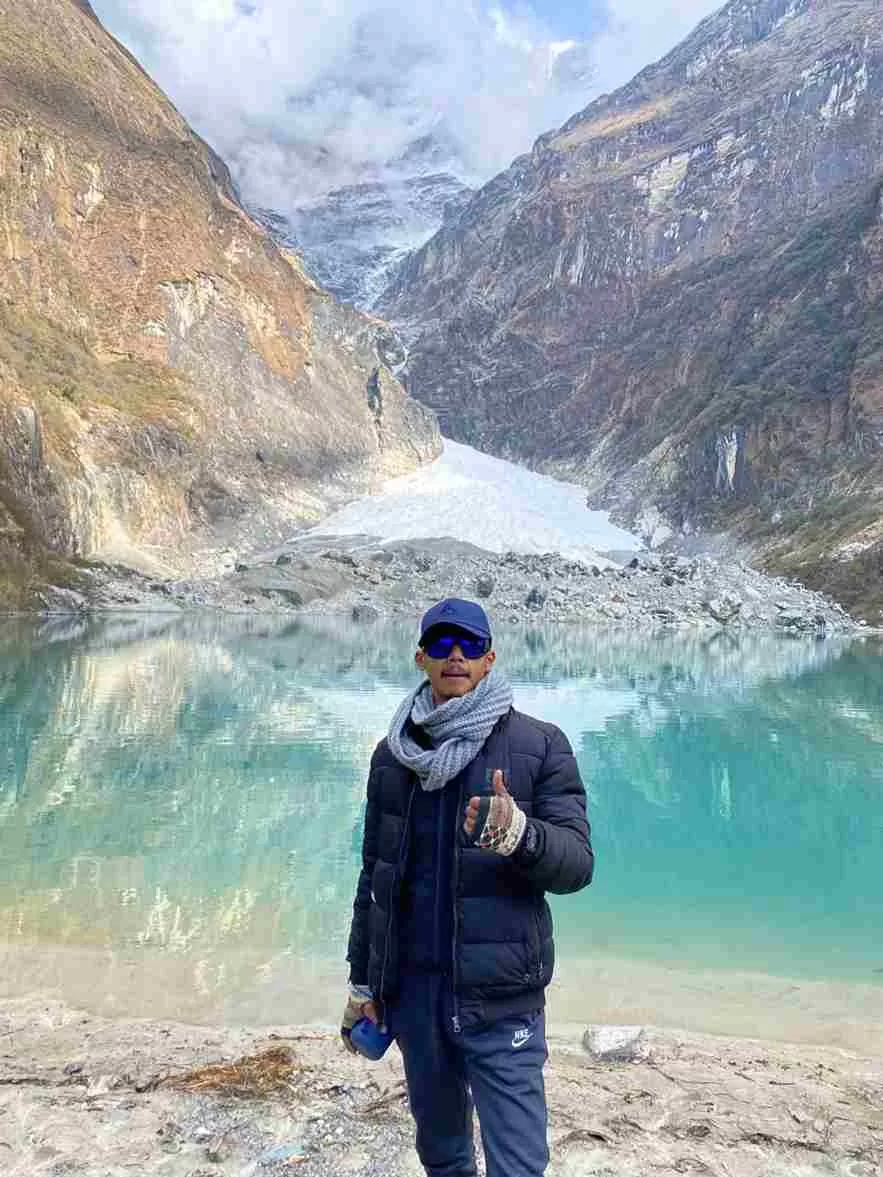
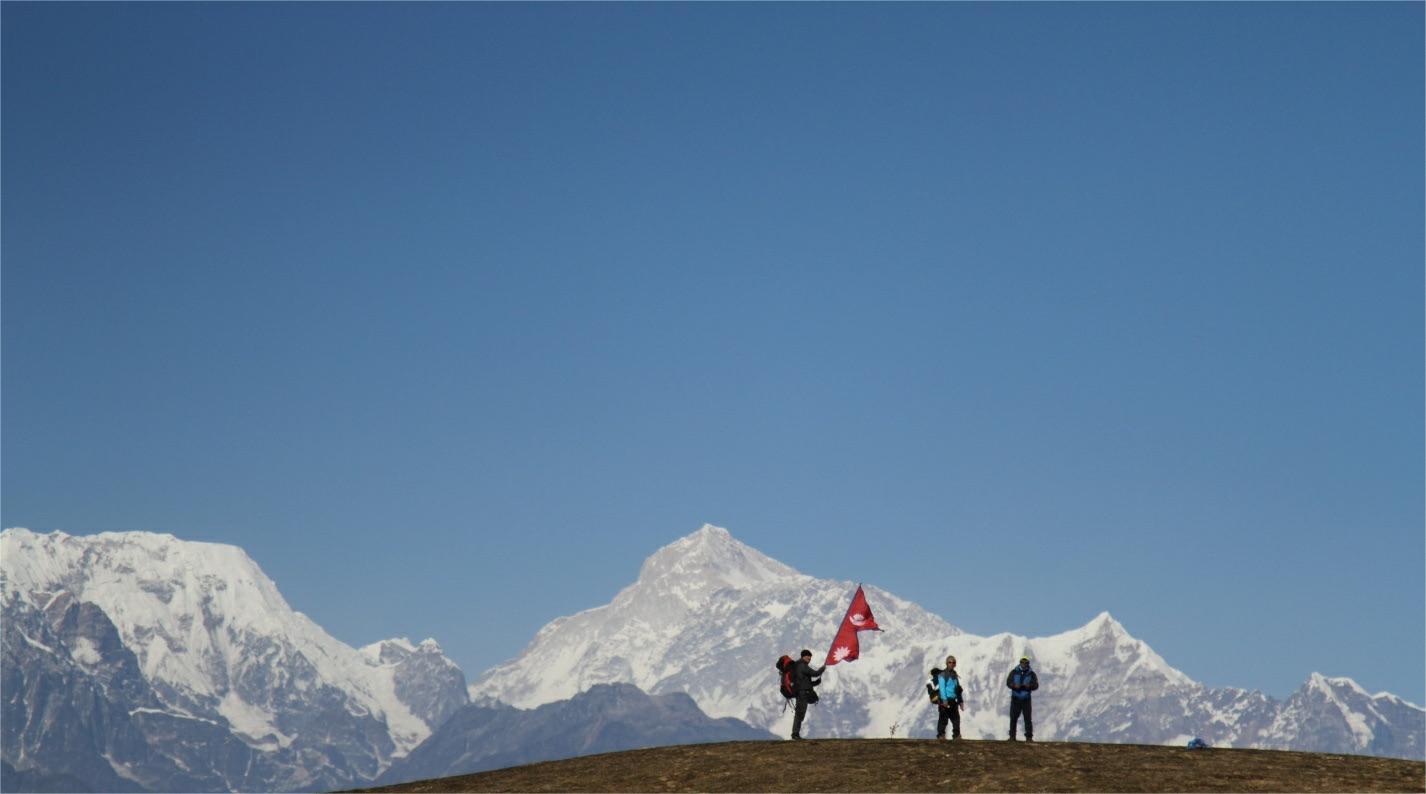
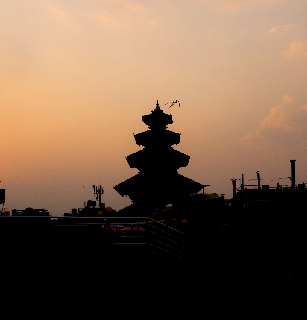
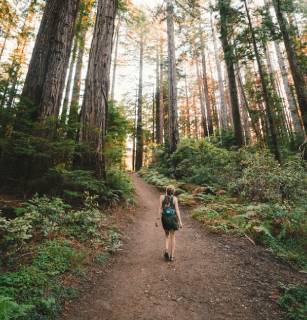
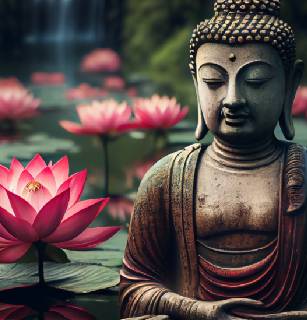
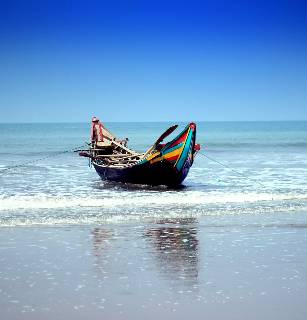






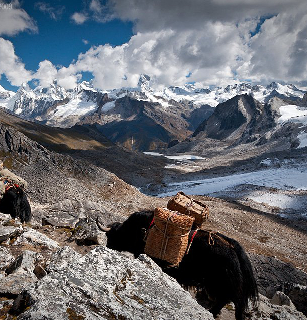


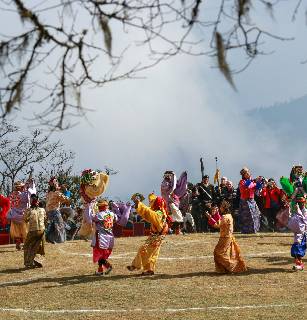
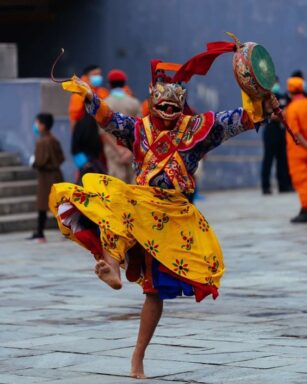
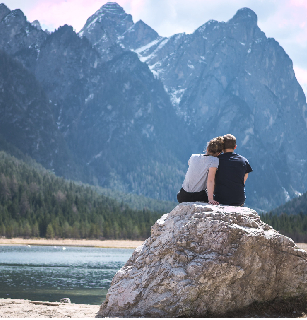
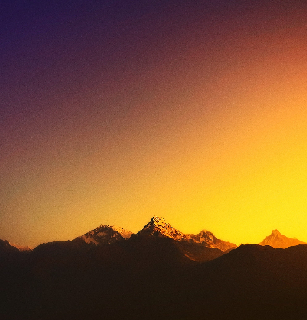
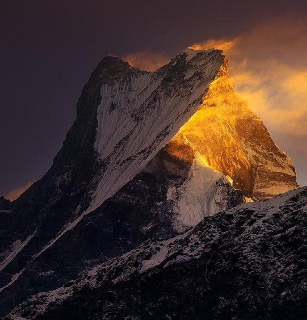
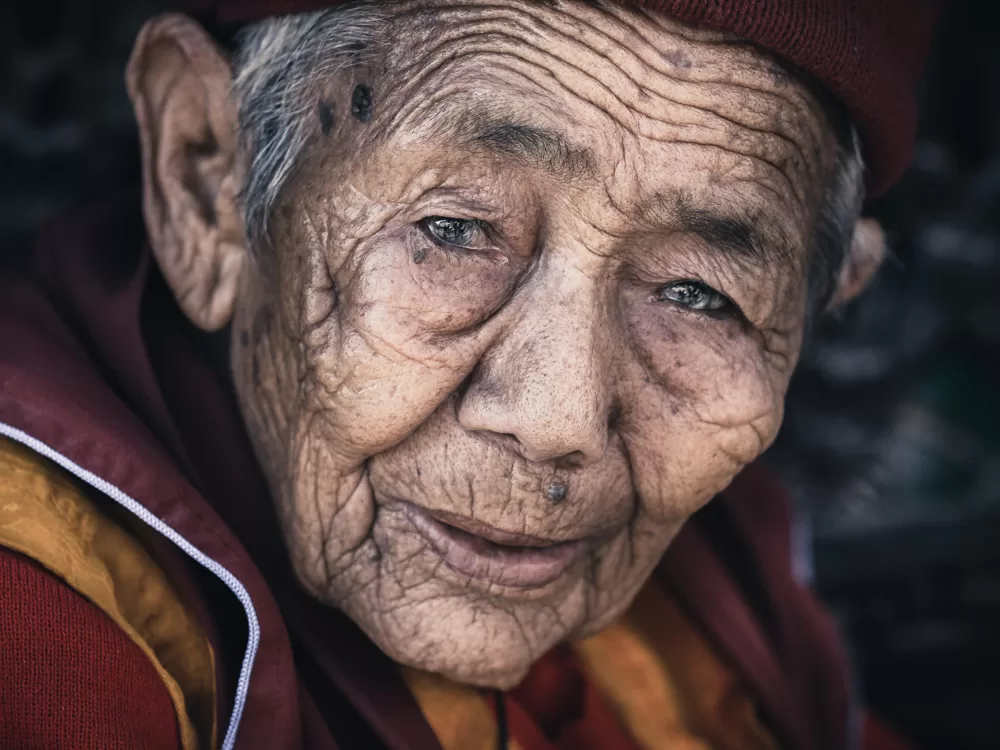
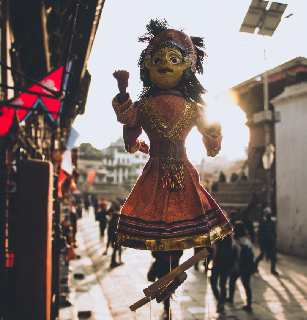
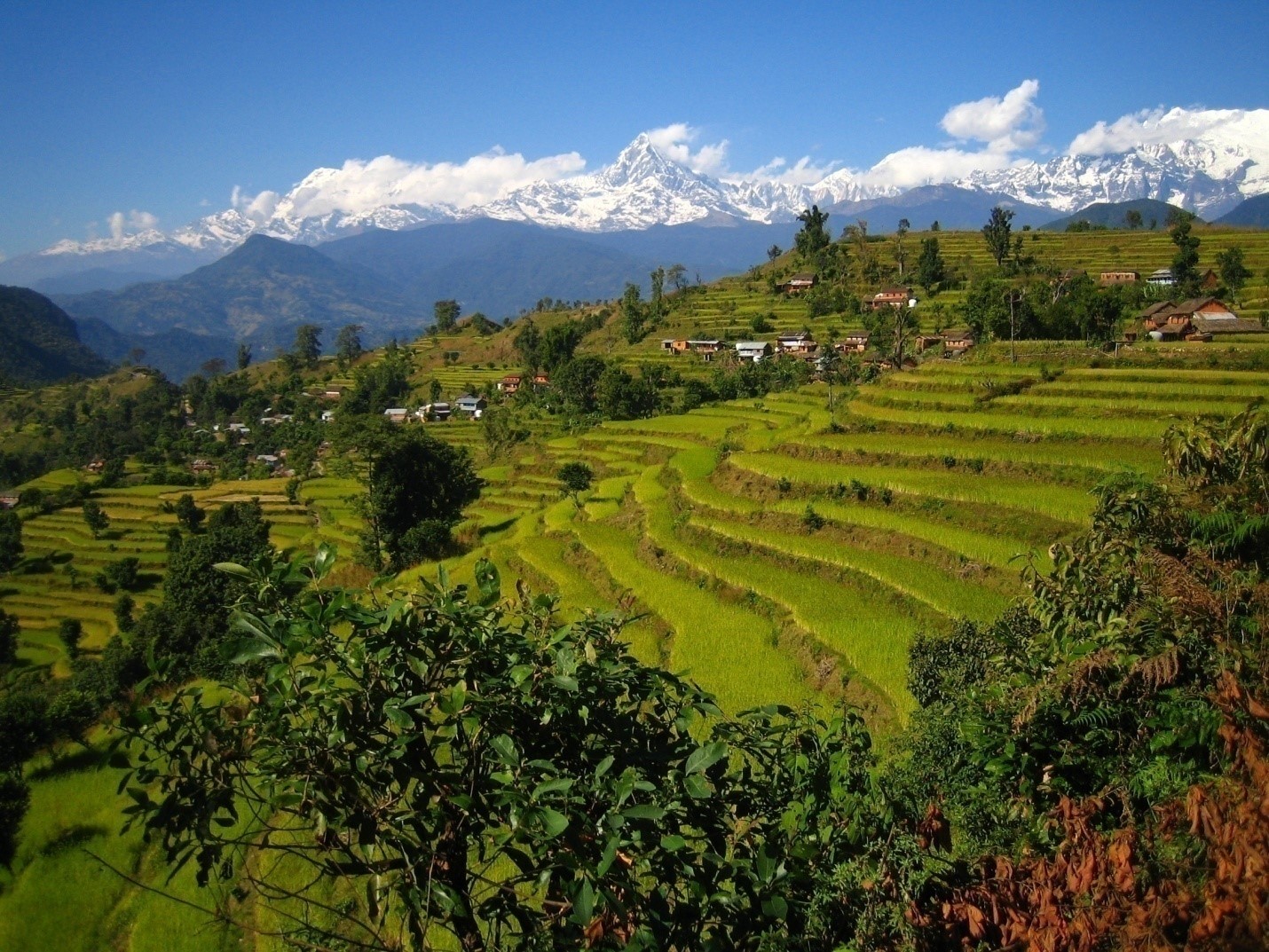









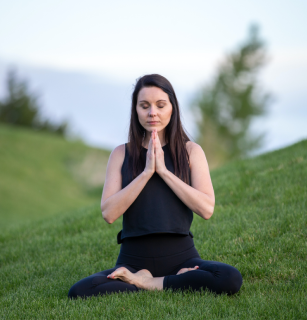
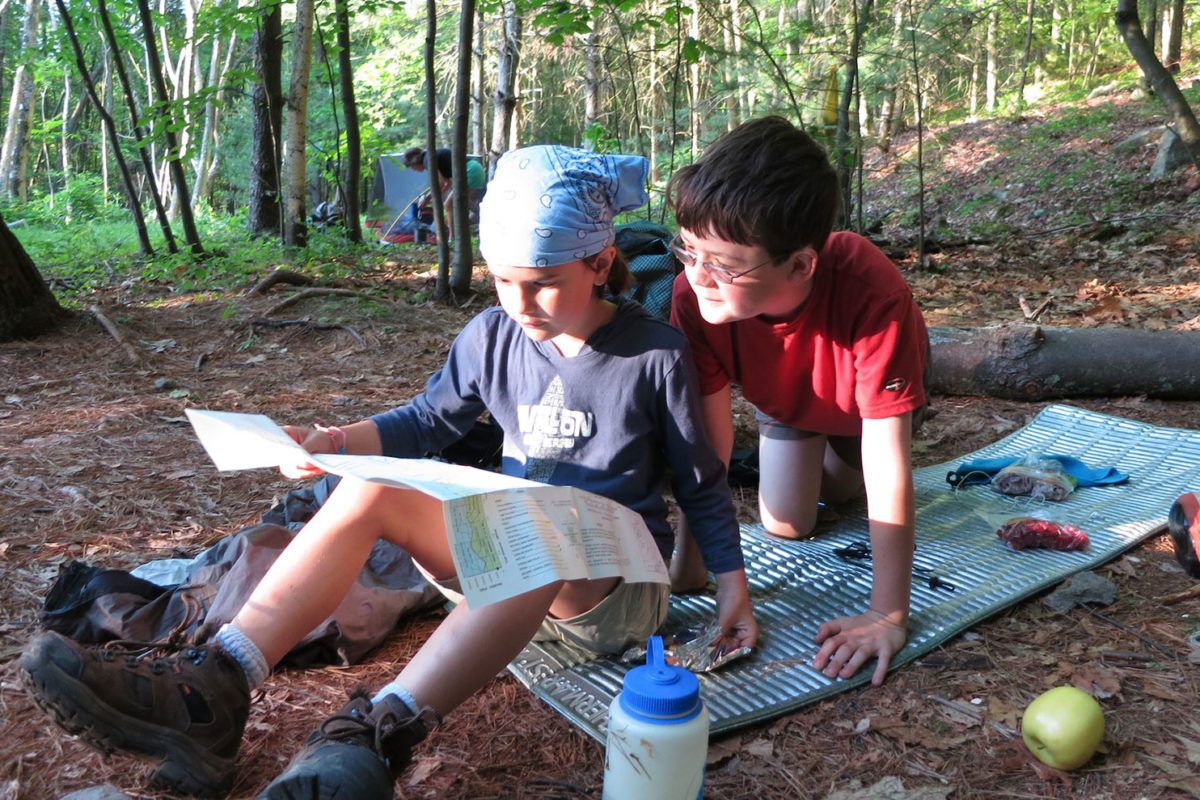
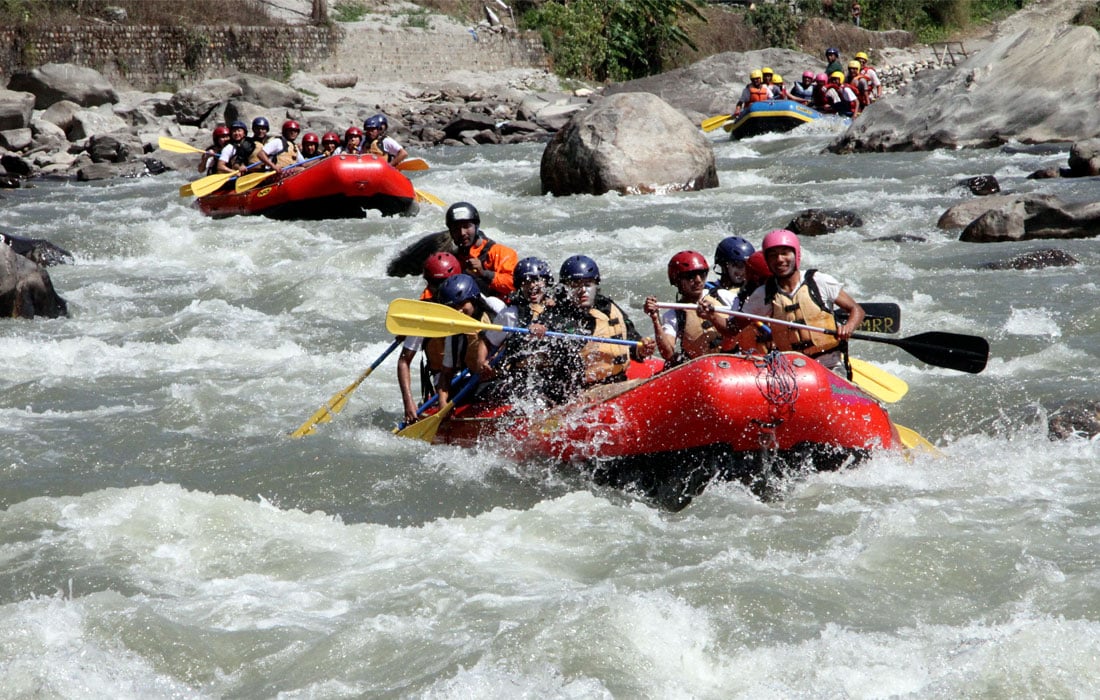
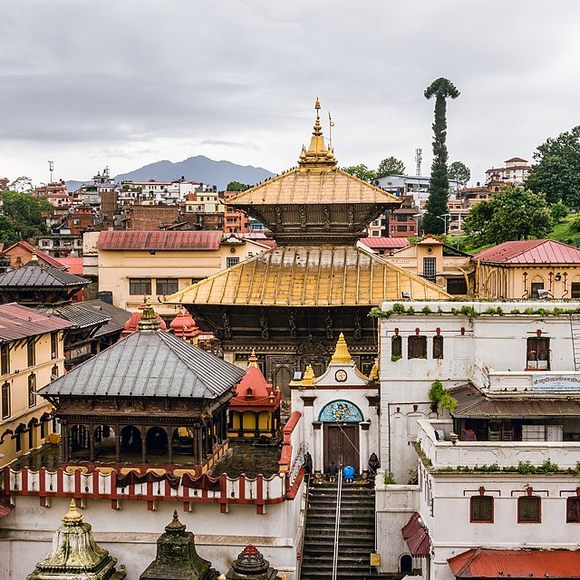
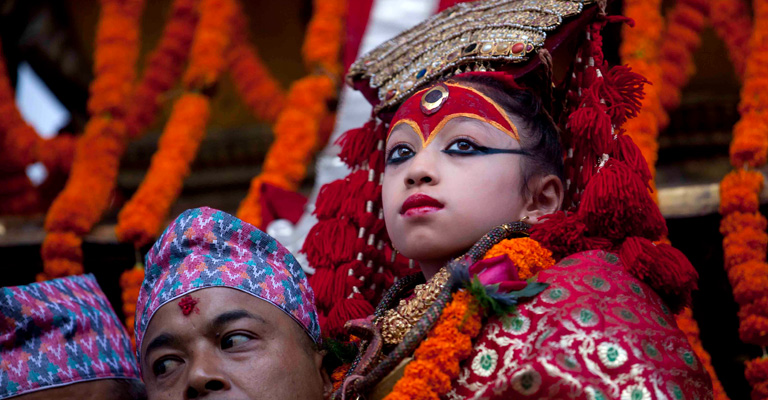


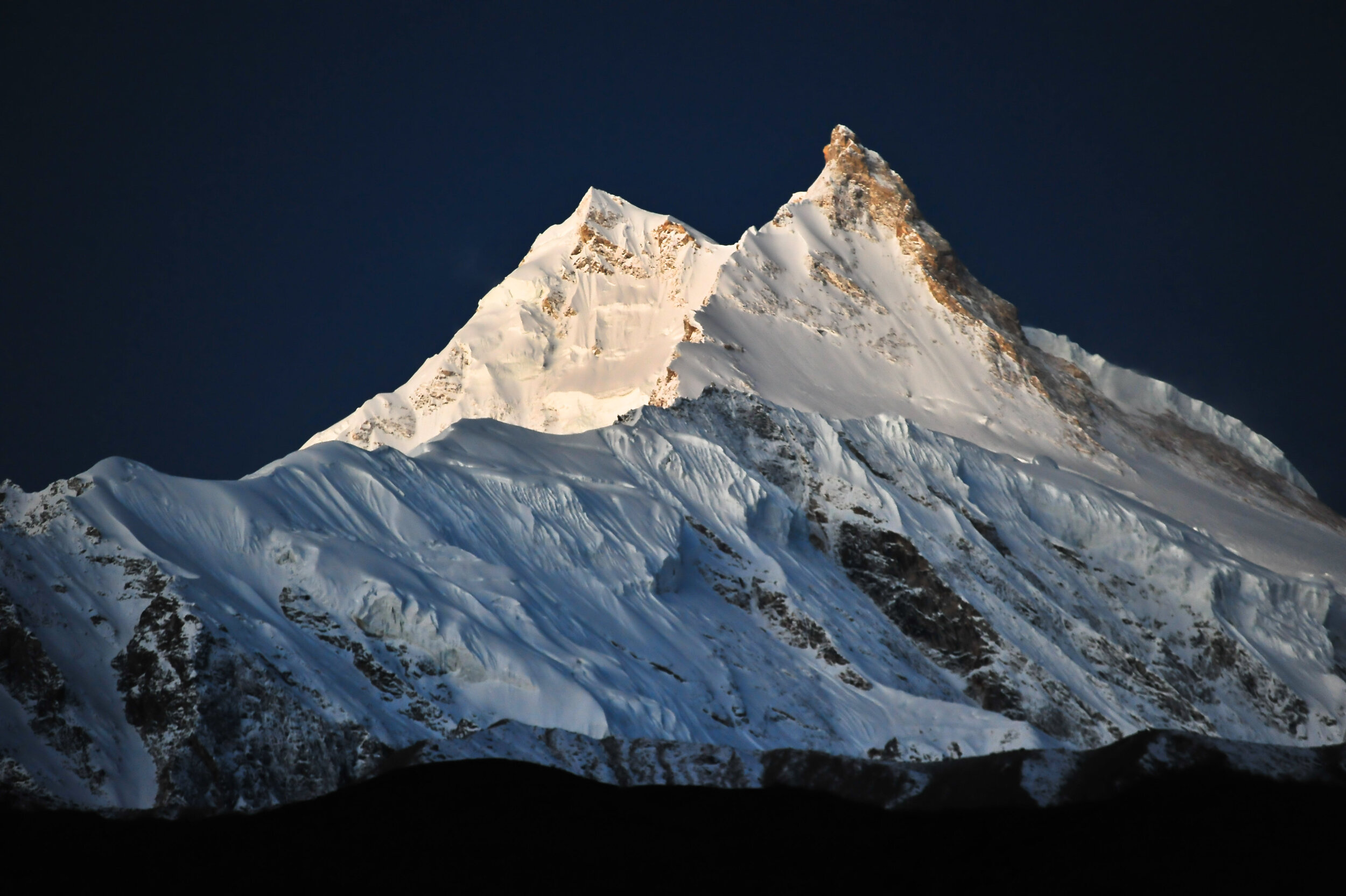

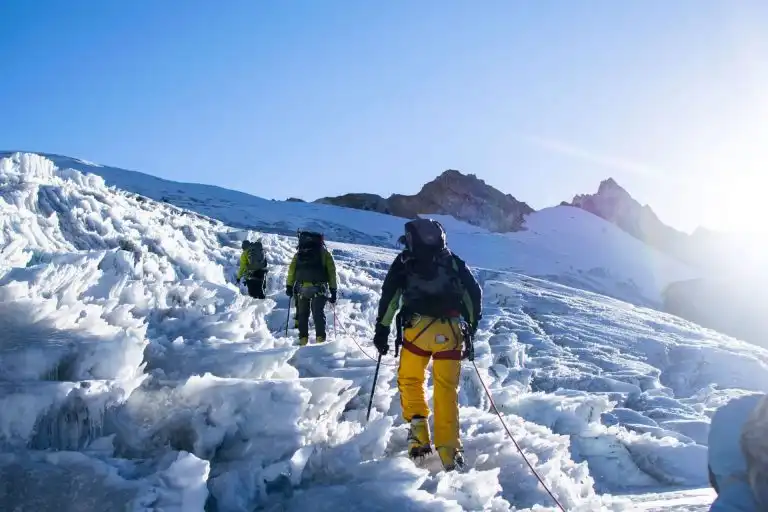
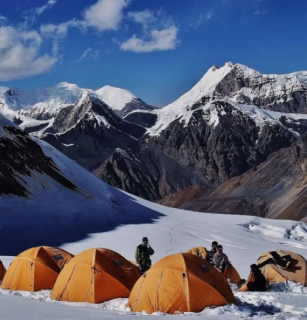
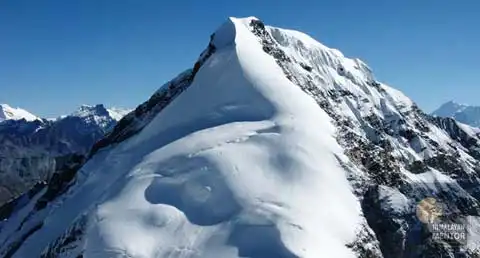
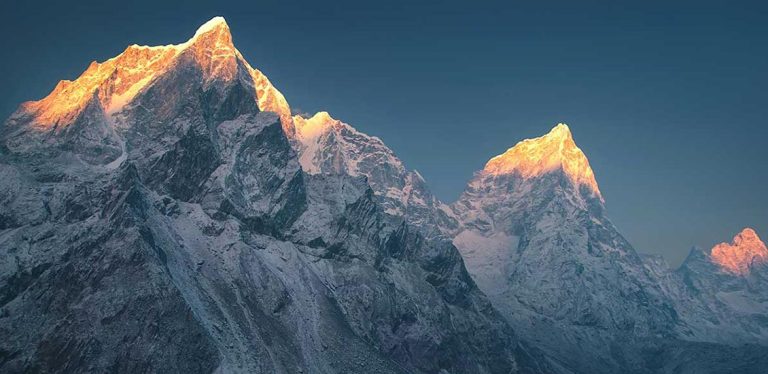
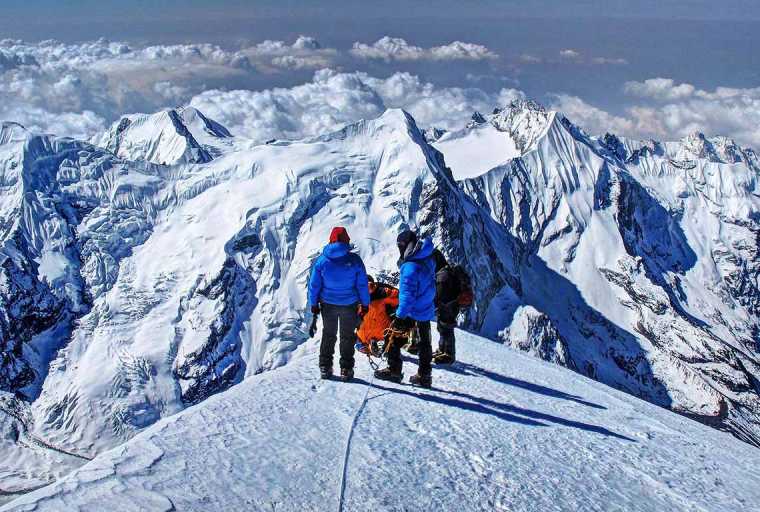
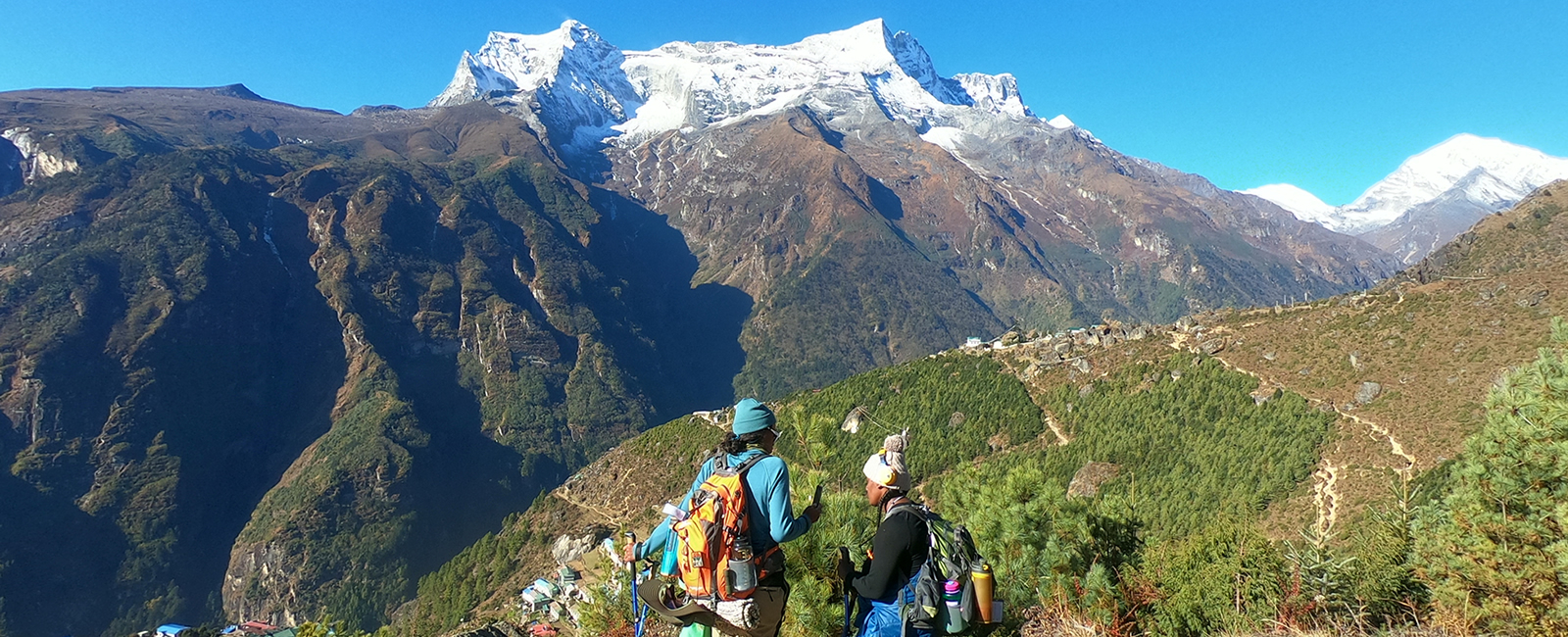
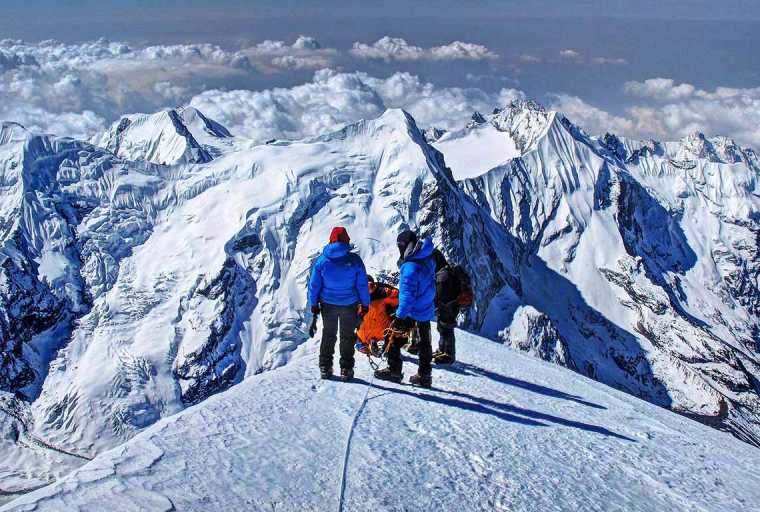
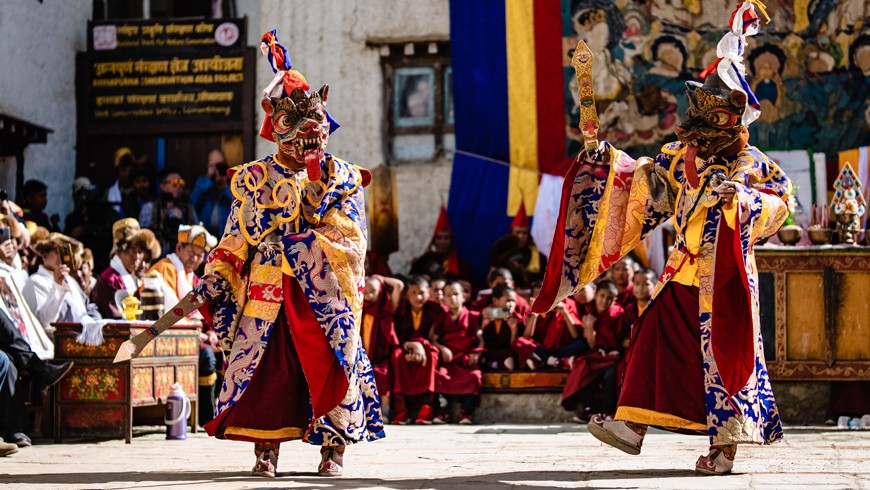
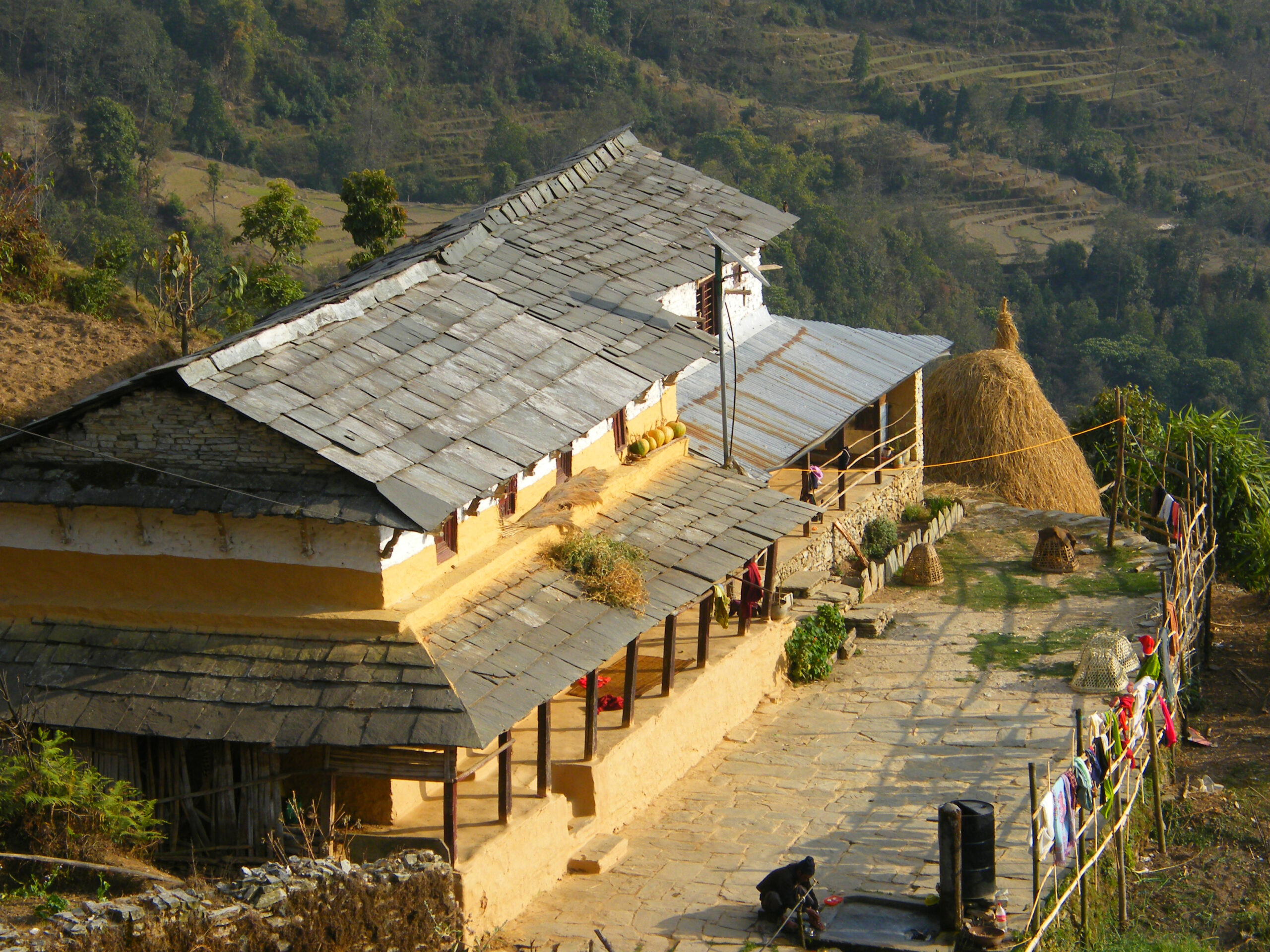
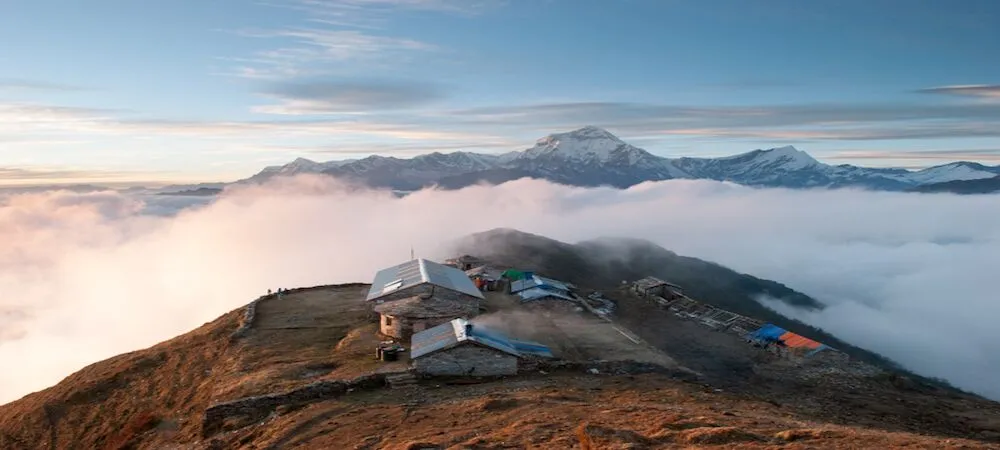
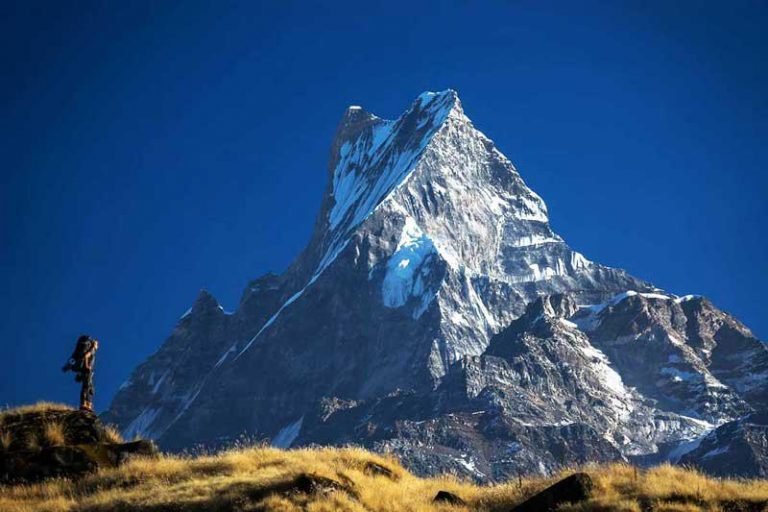
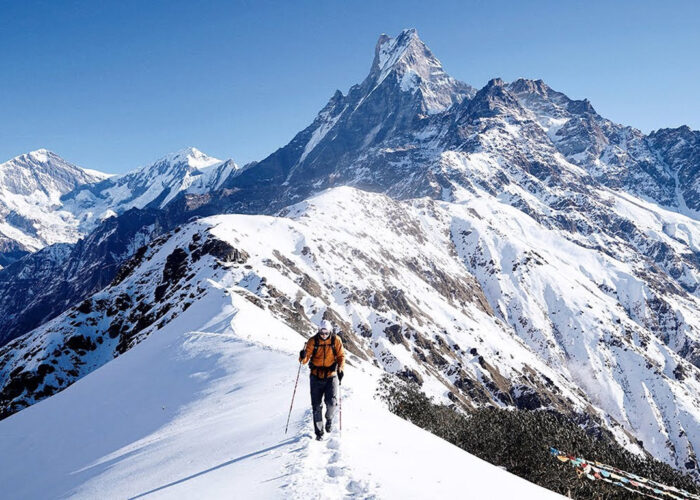
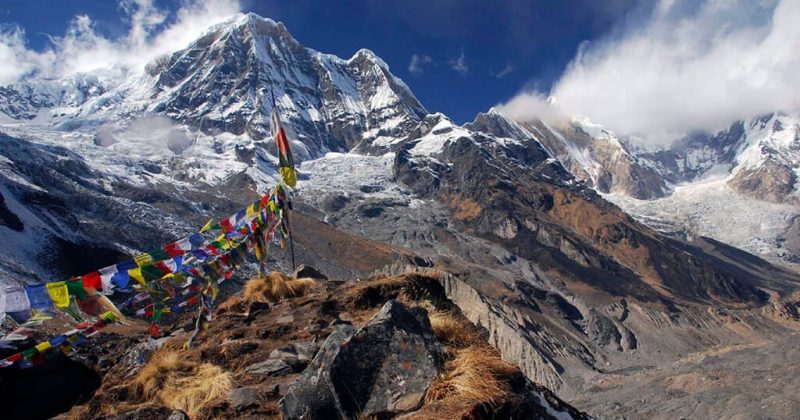
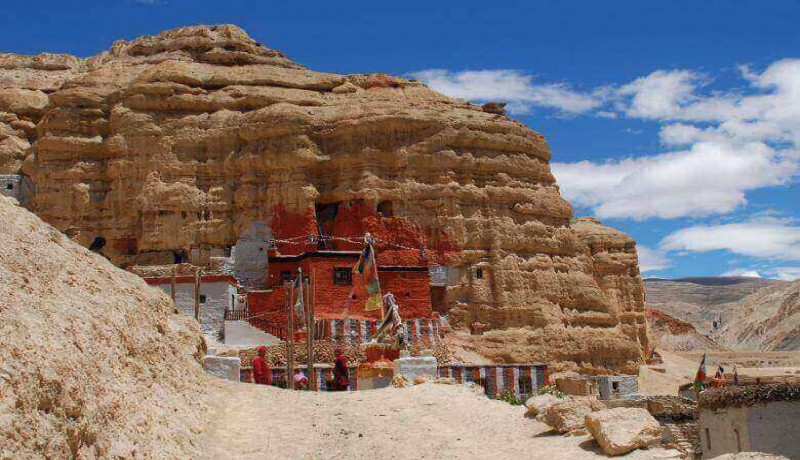
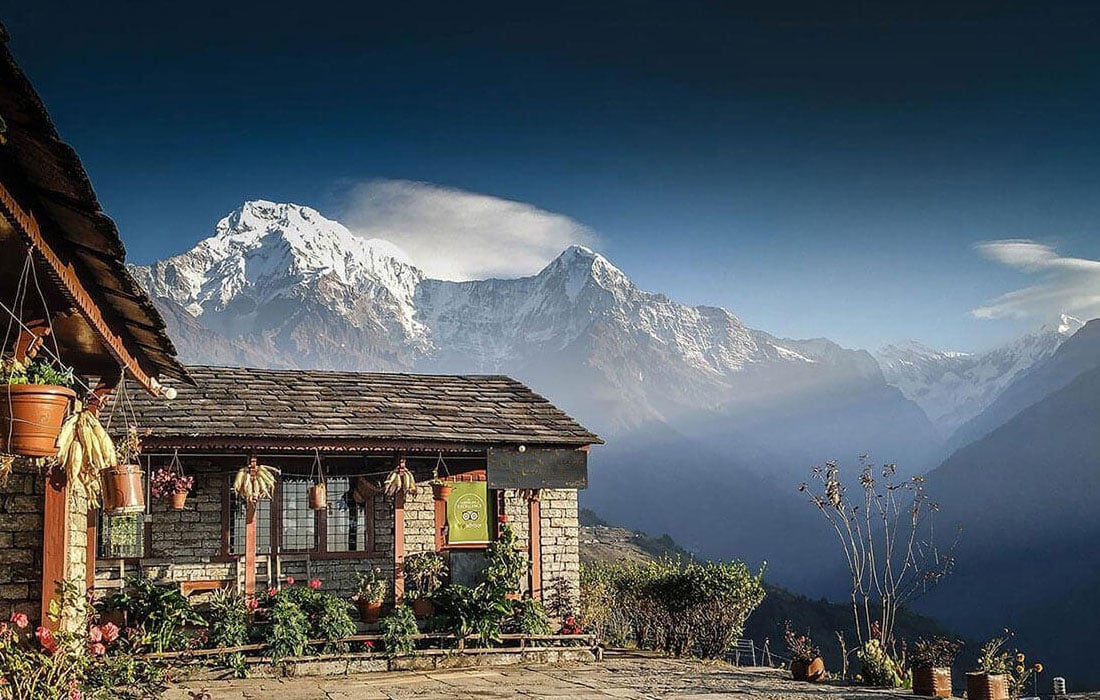
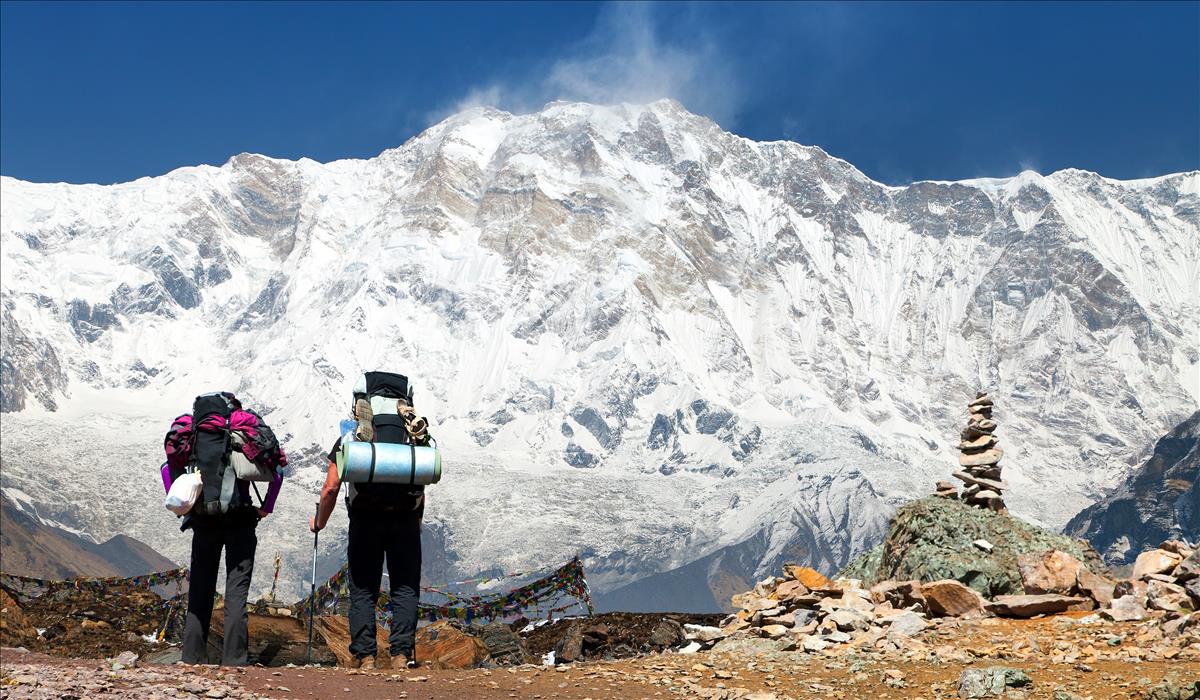
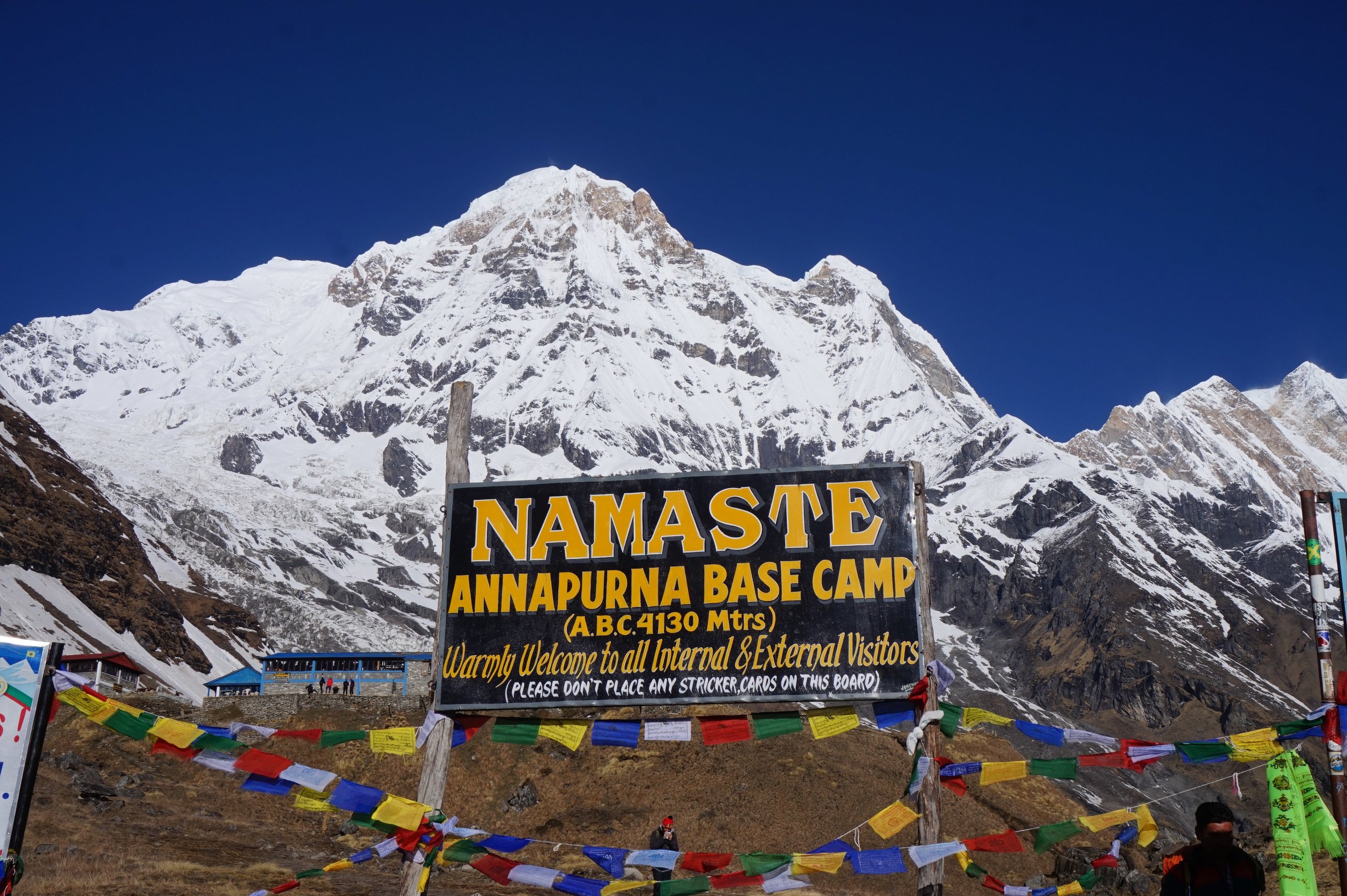
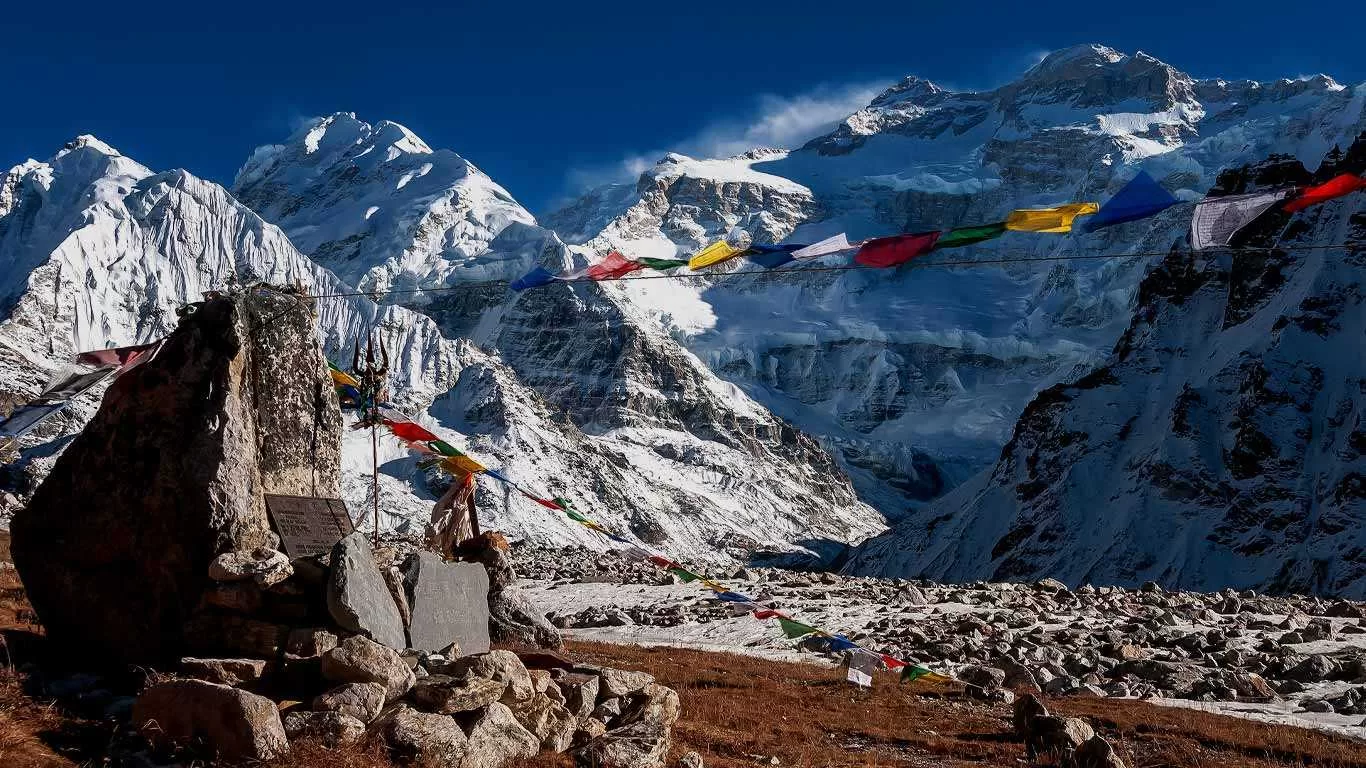
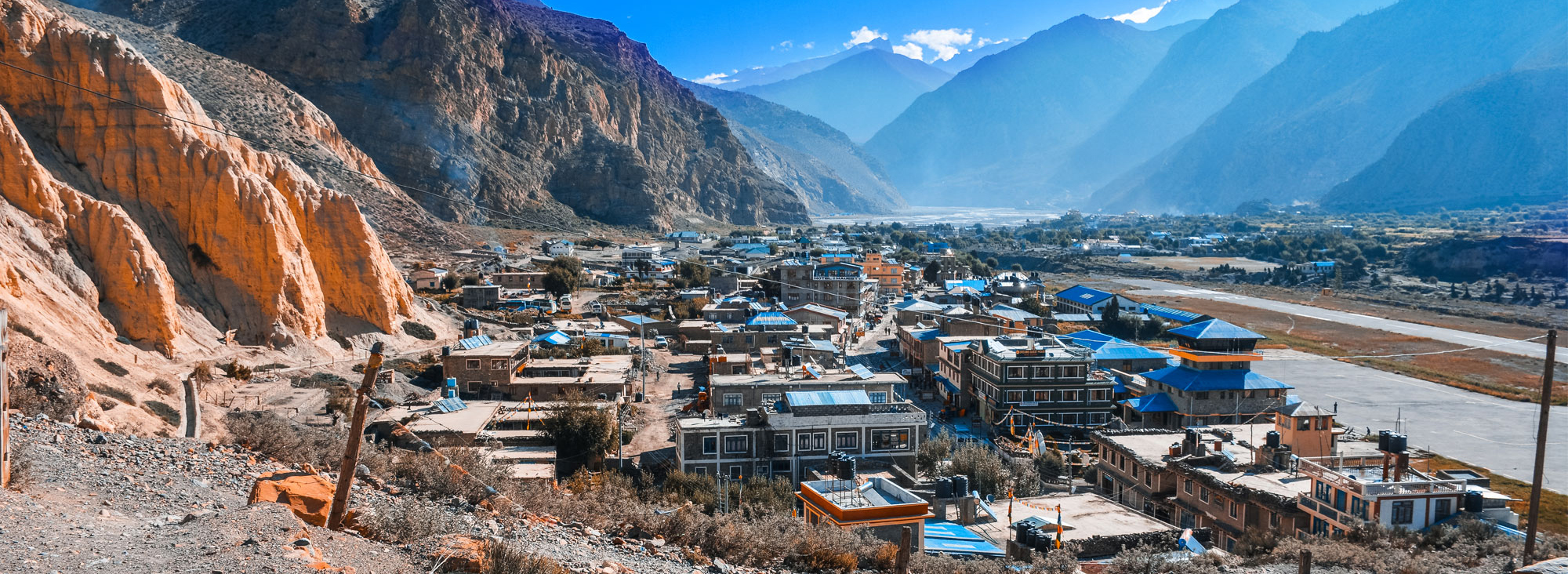
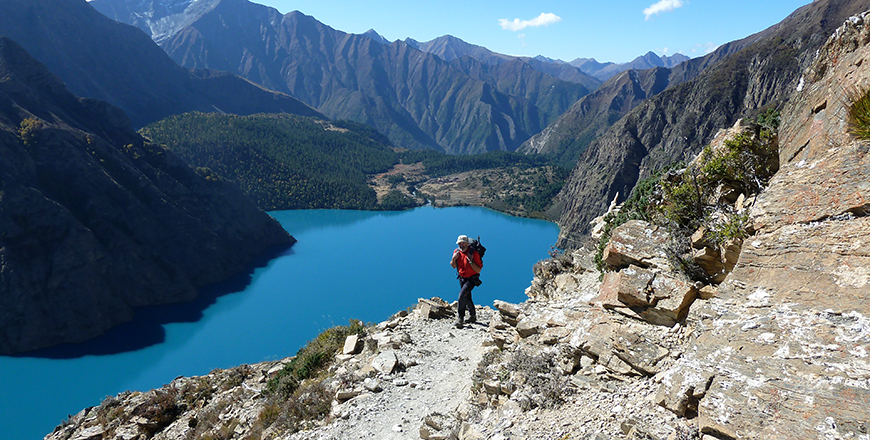
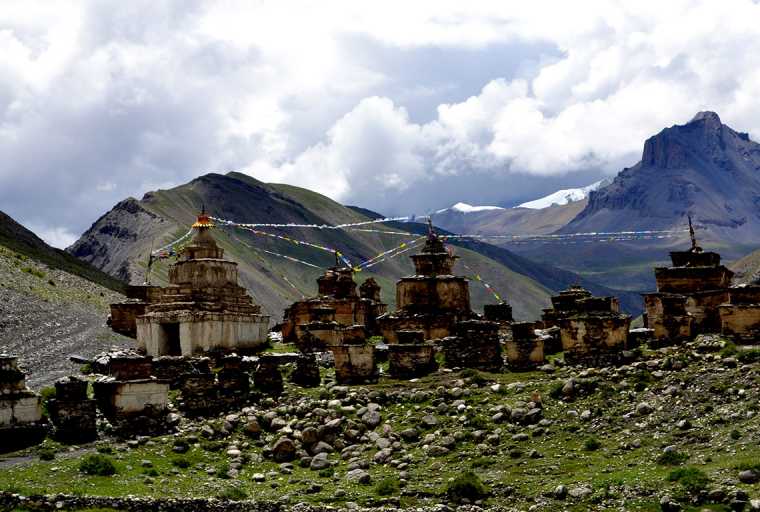
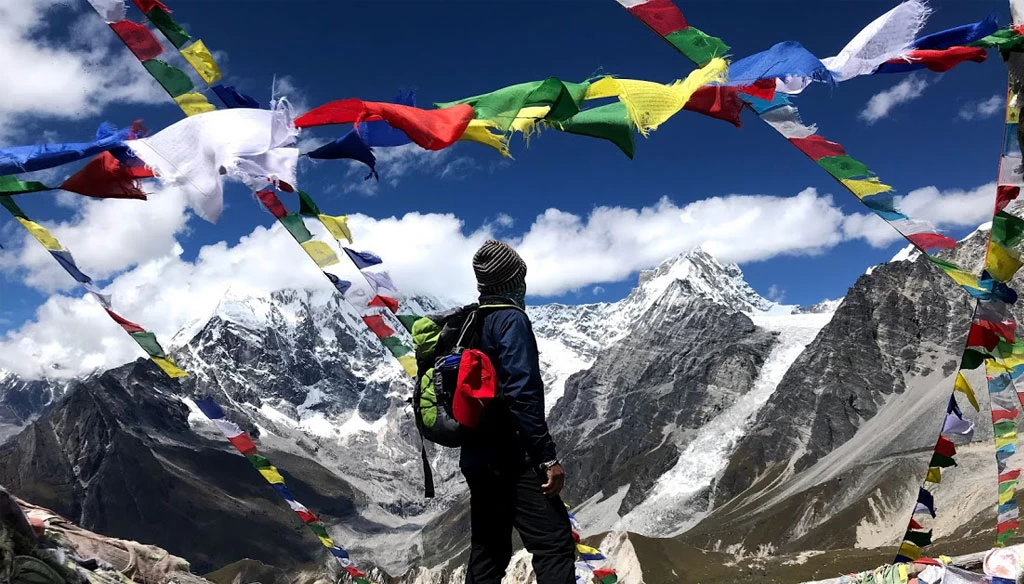

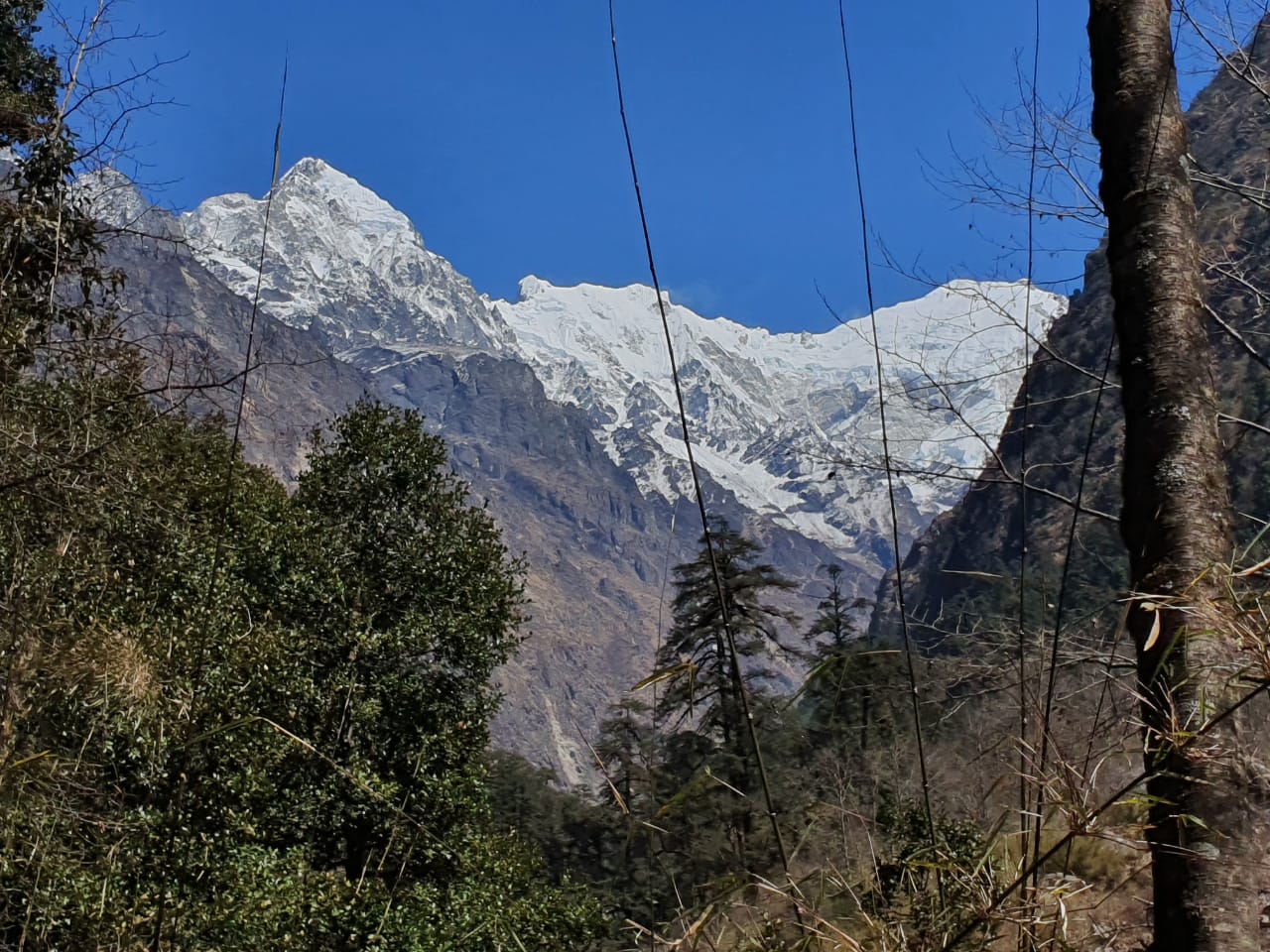
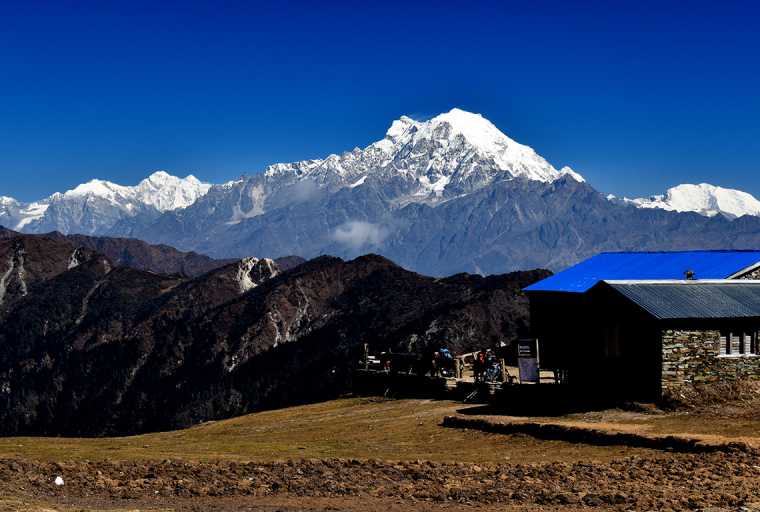
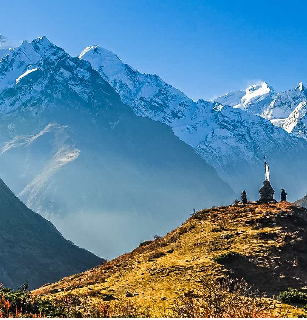
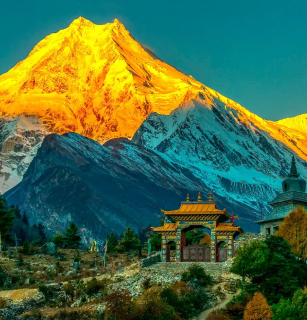


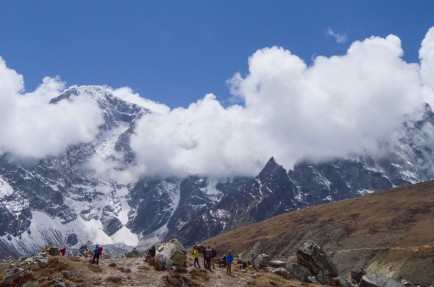
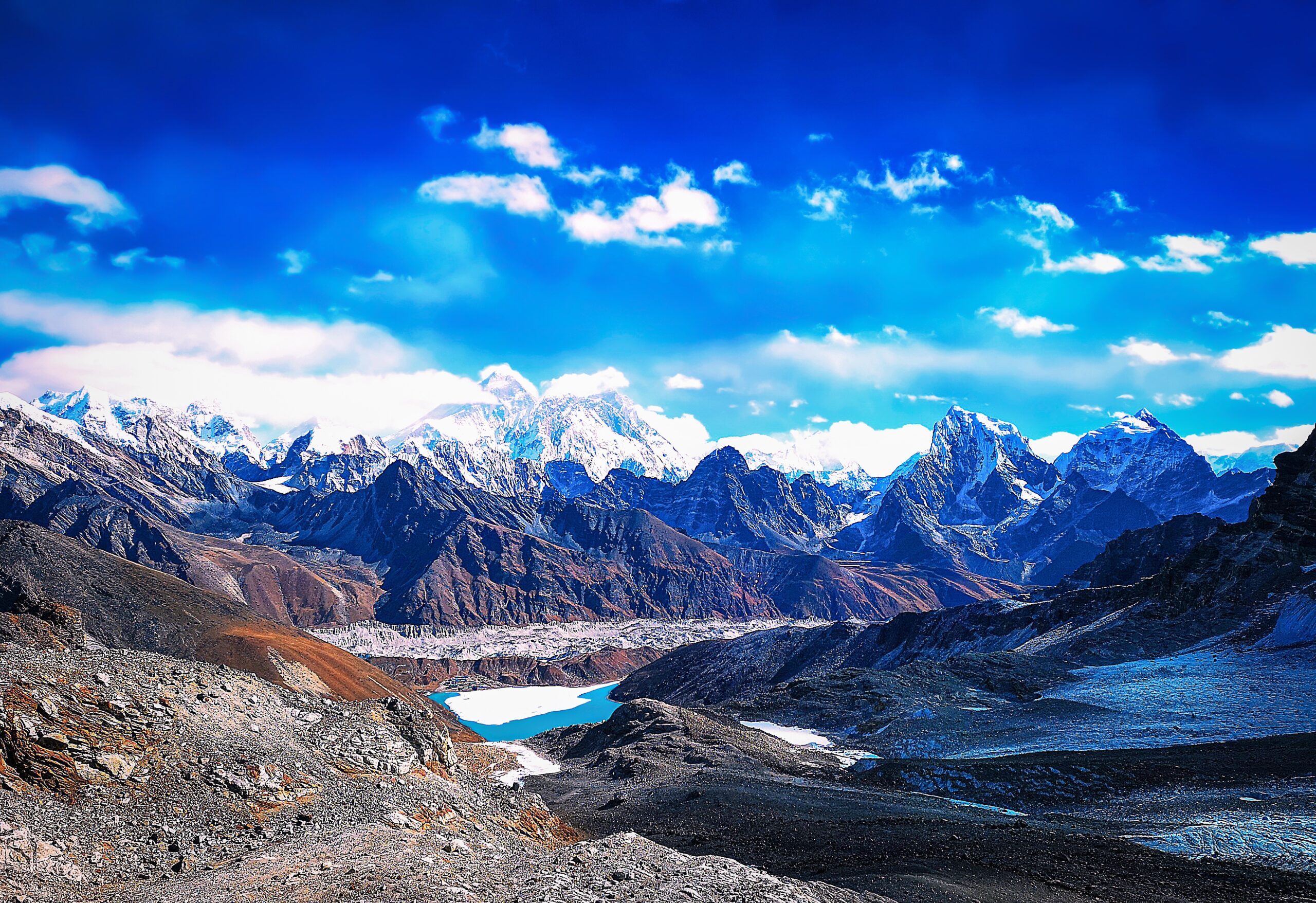

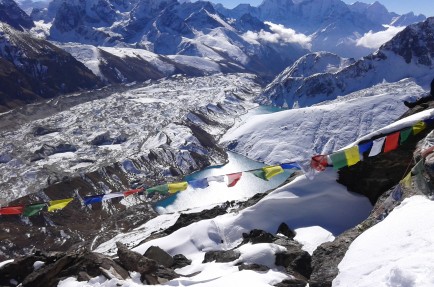
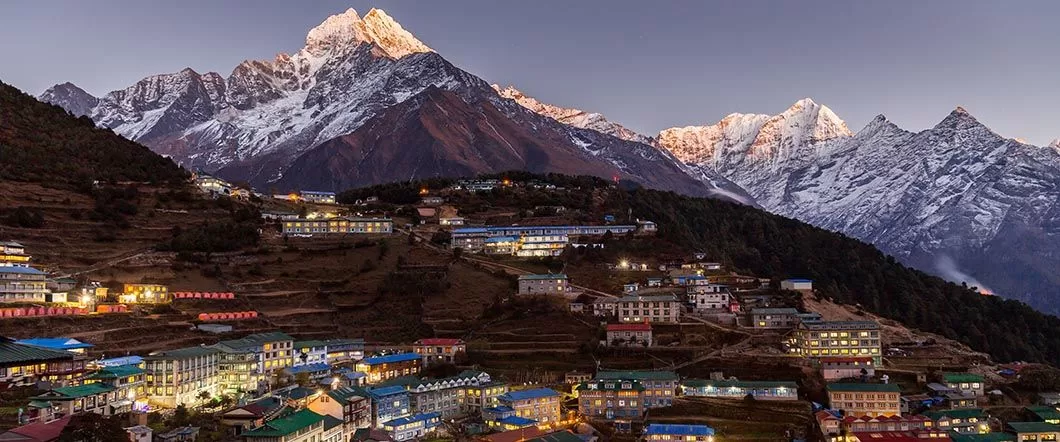

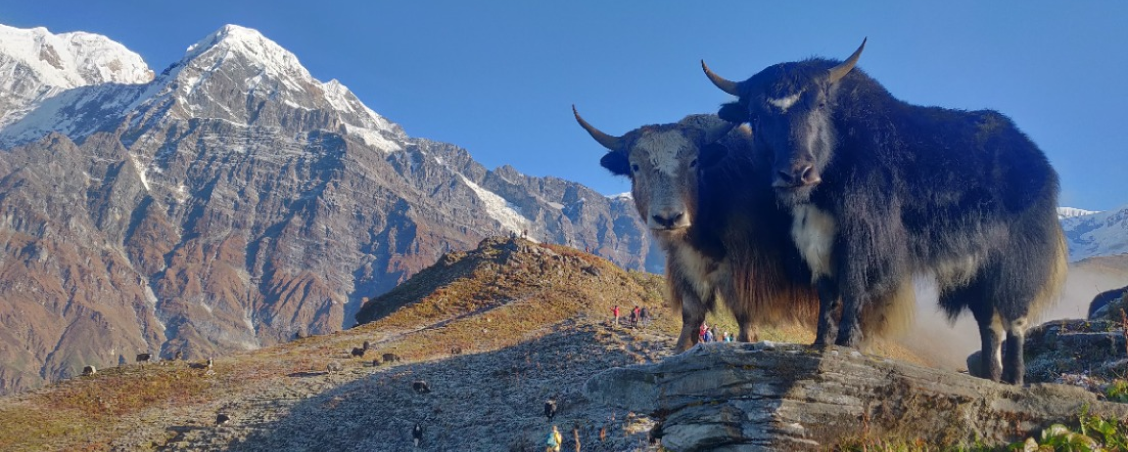
No Reviews Found